
Бесплатный фрагмент - Mobile photography is also a hobby!
The Evolution of mobile photography
The first mobile phones with a camera appeared in 2000. Samsung has released the SCH-V200 model, this is a «clamshell» with a rear-view camera with a resolution of 0.11 MP. To take a picture, it was necessary to connect the phone to the computer and use a special program.
The Sharp J-SH04 is considered the first full-fledged phone with a camera, the resolution is also 0.11 MP. There was no need for more, the phone has a tiny screen. The phone was expensive, and not everyone could afford it.
By 2004, there were phones that could be connected to the camera via the charger socket. They were produced by Siemens, there were expensive models with a built-in 0.3 MP camera. The resolution of the photos is 640x480 pixels.

The number of megapixels was rapidly increasing, already in 2005 there was a phone with a camera resolution of 2 MP (Sony Ericsson K750 i).
The model is expensive, cheap cameras were equipped with a resolution of 0.3 MP-1.3 MP (1280x1024 pixels).
At that time, the camera with a resolution of 1.3 megapixels seemed very good, you could watch photos on large monitors, if you didn’t zoom in too much.
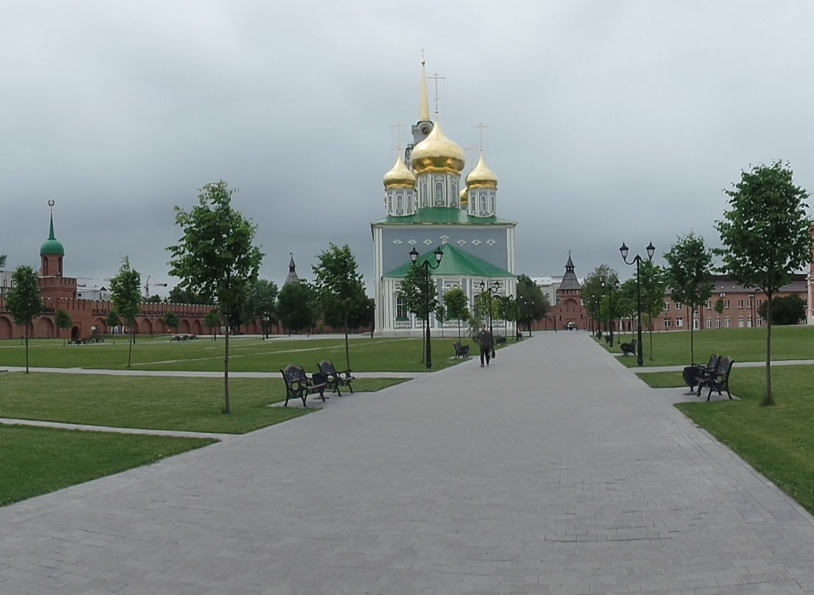
In 2006, the first phone with a 5-megapixel camera (Nokia N93) was released. In 2008, phones with a resolution of 3.2 MP-5 MP were released.
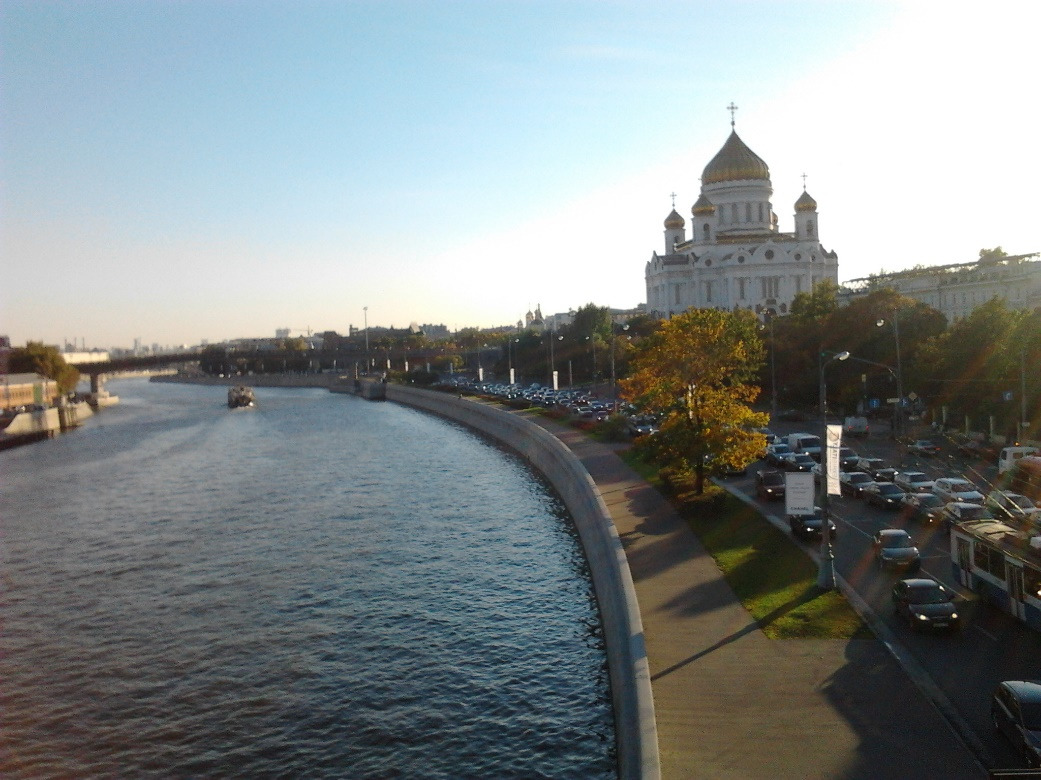
Phones with a 5-megapixel camera were expensive, not everyone could afford them. Prices for phones with five-megapixel cameras decreased in 2011.
Modern inexpensive smartphones and Chinese ones are equipped with a 5-megapixel camera.
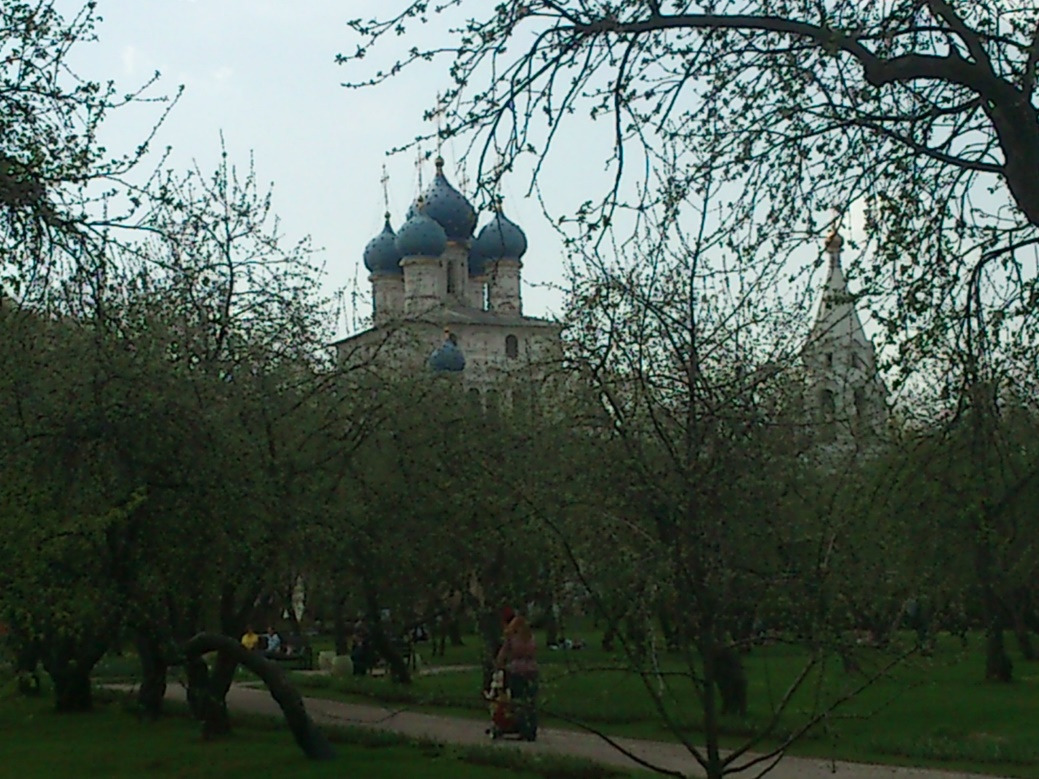
In 2006, the first touchscreen phone with an 8-megapixel camera (3264x2448 pixels) appeared.
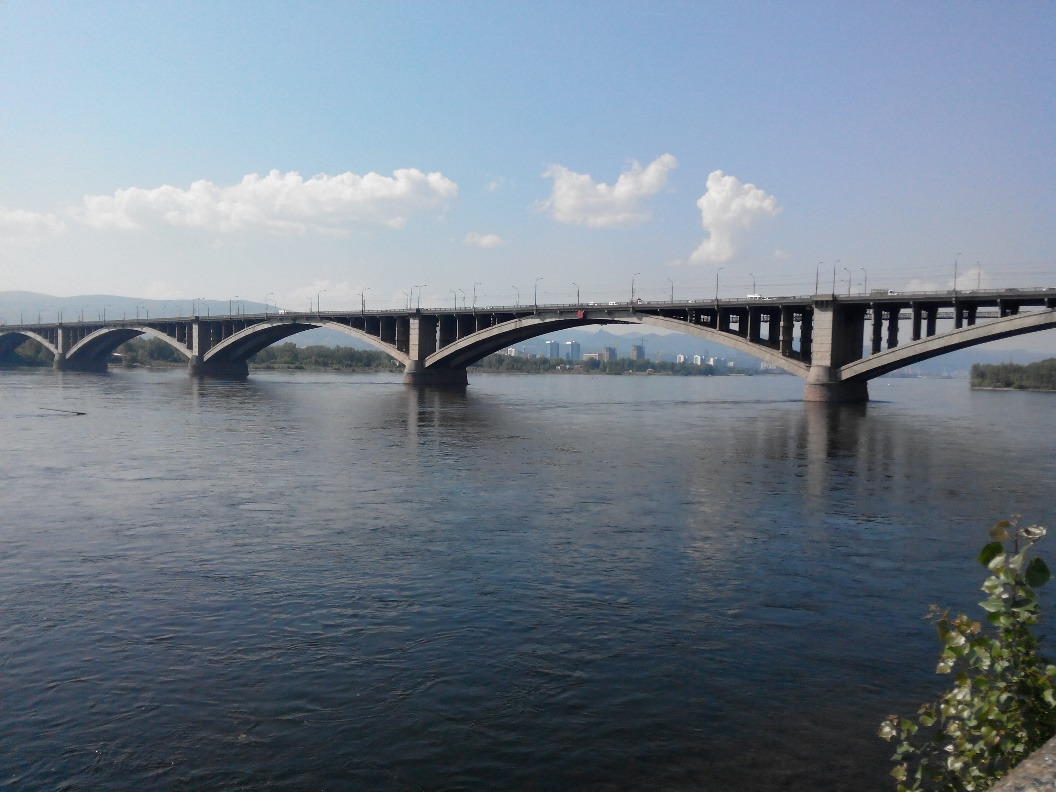
A year later, the Samsung PIXON12 with a 12-megapixel camera went on sale.
The first phone with a camera with a resolution of 41 MP was released in 2012, it was the Nokia 808.
For most users, they were unavailable due to the high price.
Since then, mobile photography has stopped developing, the resolution of cameras depends on the cost of the phone, but the number of cameras has increased. The phone can have from one to five lenses.
Single-camera phones do not lose their popularity.
Modern mobile photos are very different from pictures with phones.
Let’s compare the photo from the 2010 Nokia 7230 phone with a 3.2 MP camera resolution and the 2020 Huawei Y8P smartphone.
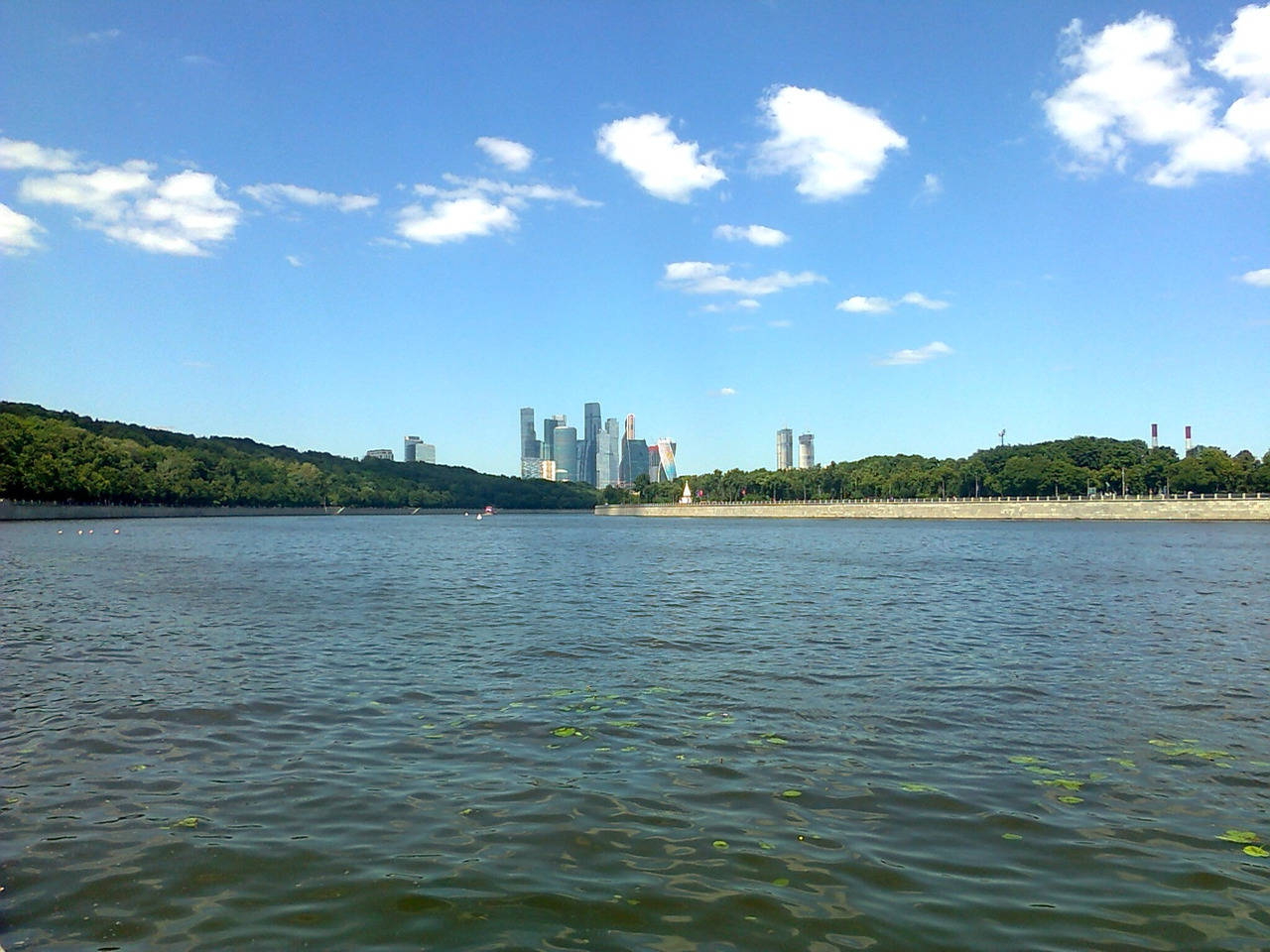
The number of megapixels in the next photo is almost four times more than in the top one. The images differ in size and color rendering.
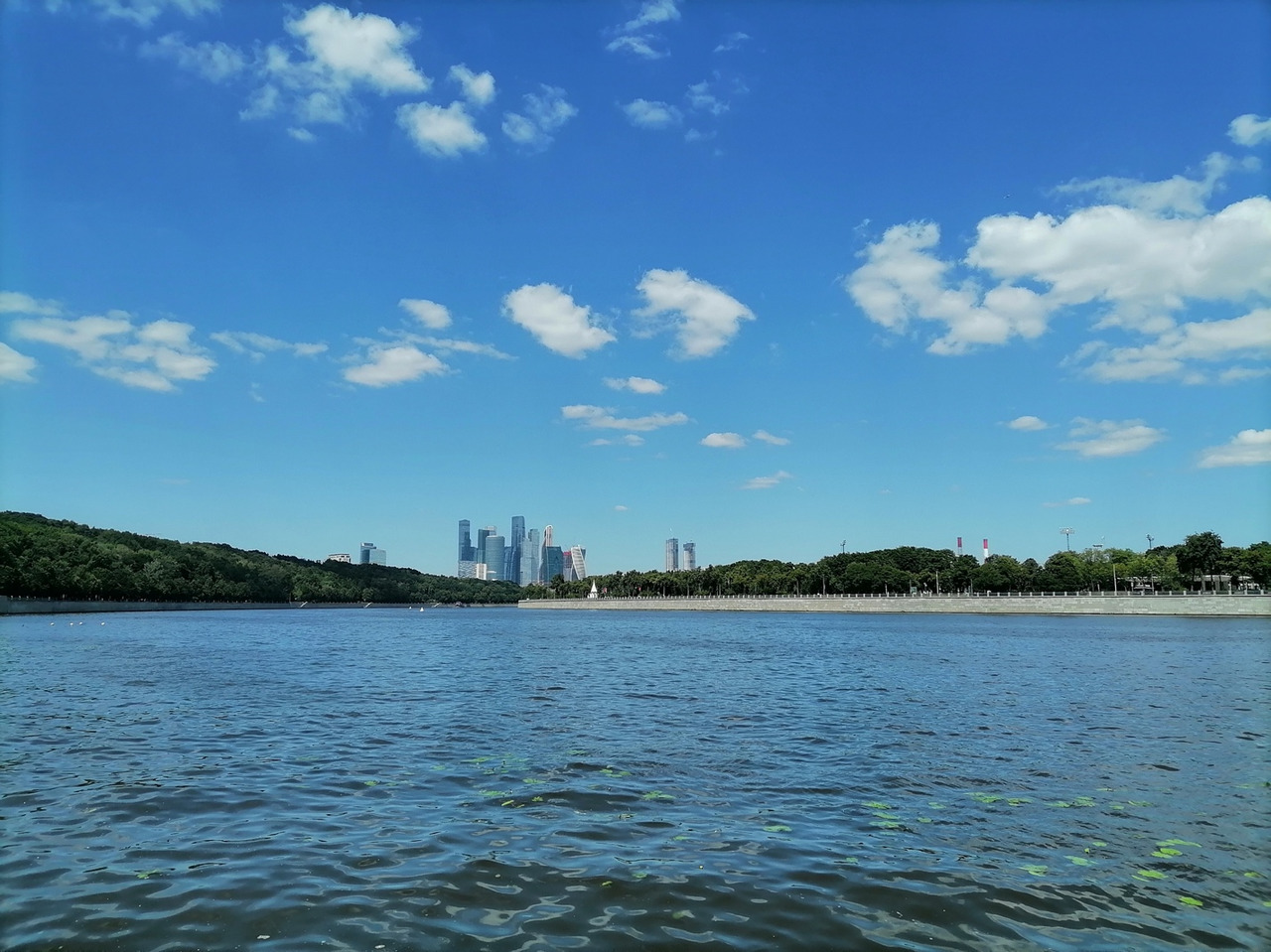
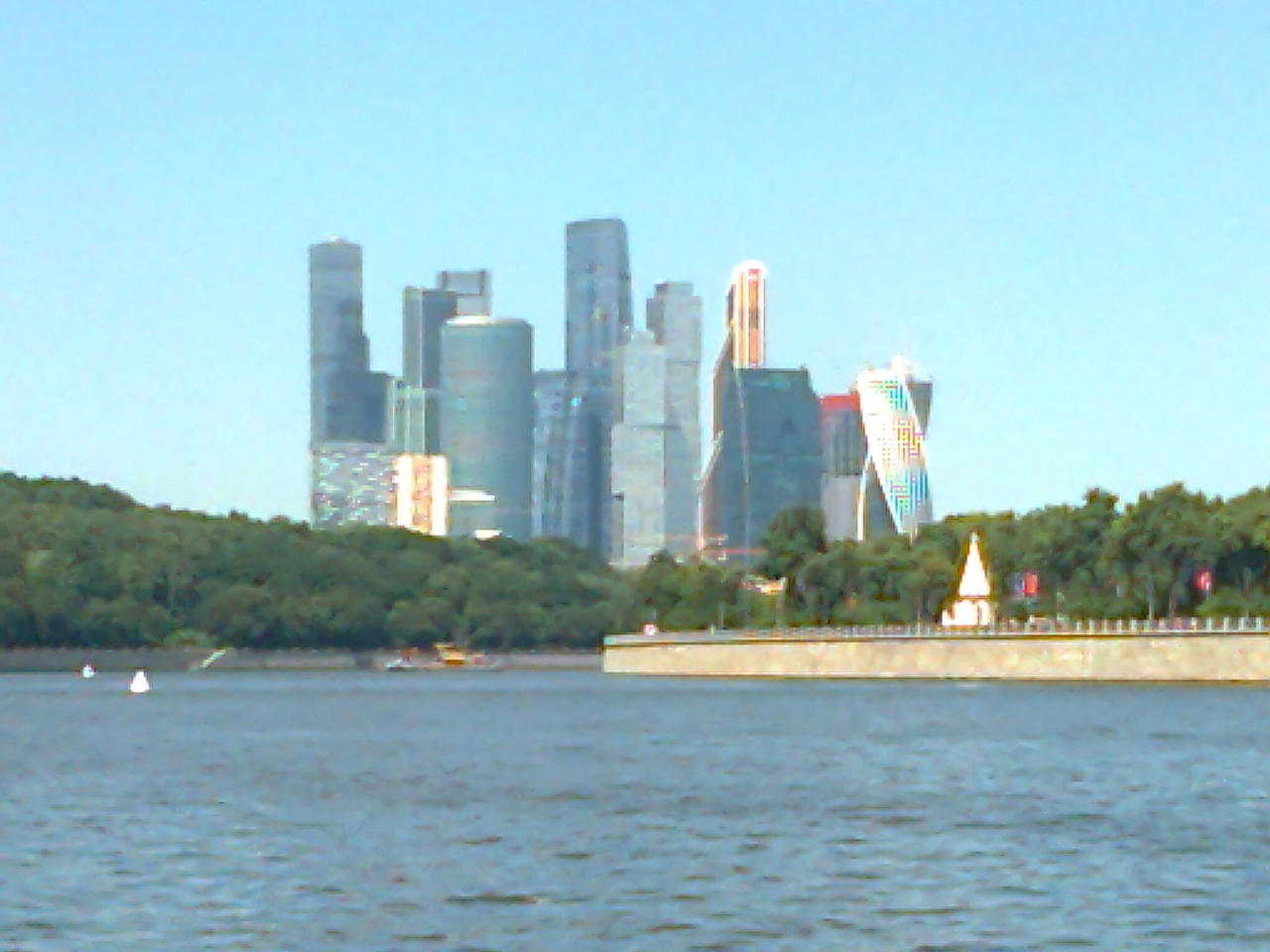
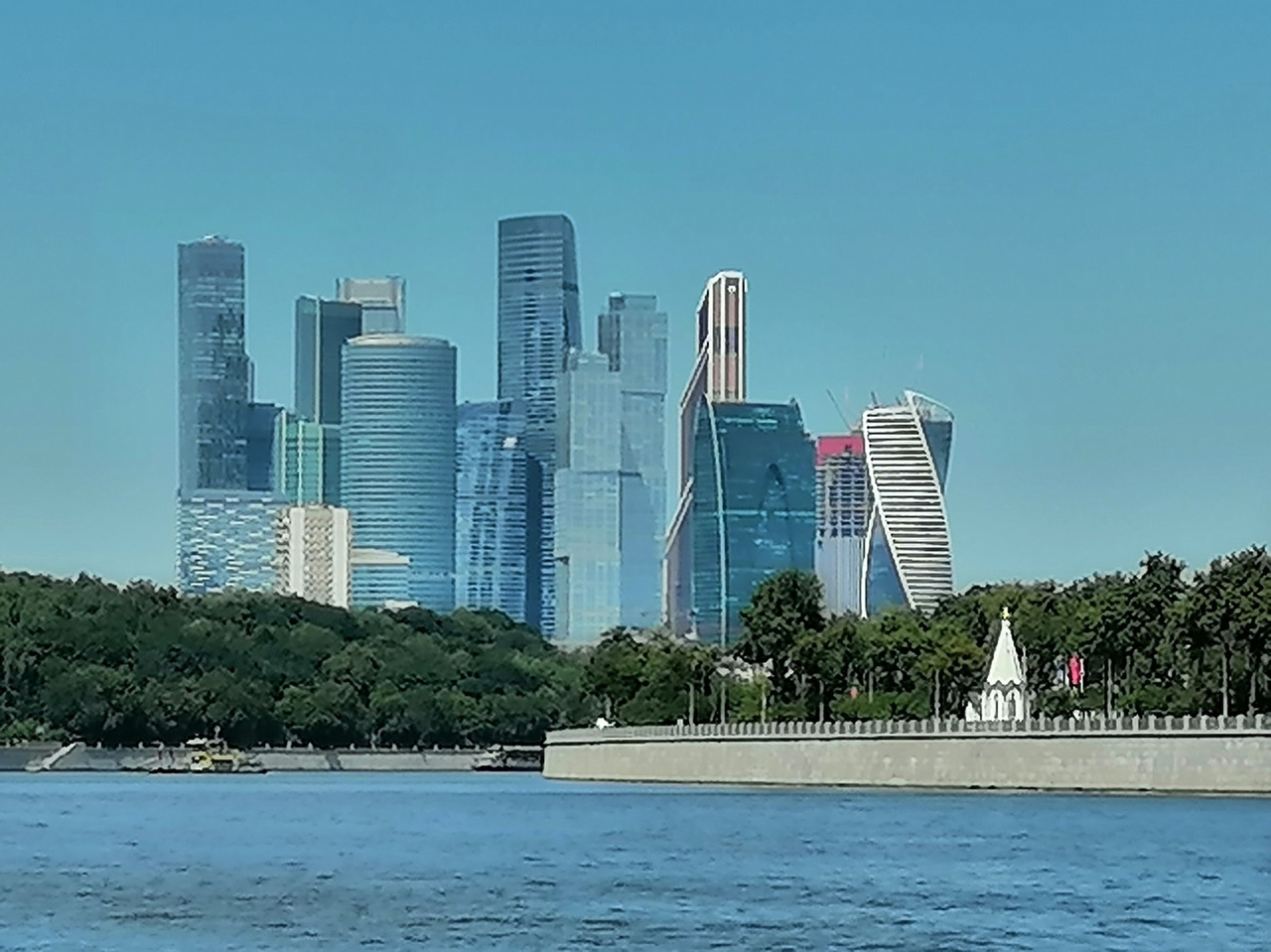
Mobile photo formats
The most common formats are considered to be a 1x1 square and a 4:3 rectangle.
Square images are made both by smartphones with one camera and smartphones with two cameras (phones with 3—5 lenses).

Square photos are designed for Instagram. The disadvantages of the 1x1 format are that it is difficult to place an object in the frame. There is very little free space in the photo. It is necessary to sacrifice something, to photograph only the object.
For example, in the photo of the Kazan Cathedral in St. Petersburg, the cross on the dome is located a few millimeters from the edge. It would be possible to raise the phone so that there is more sky in the frame. Only there would be another problem, the base of the lantern would have to be «cut off», and there would be less ground in the photo.
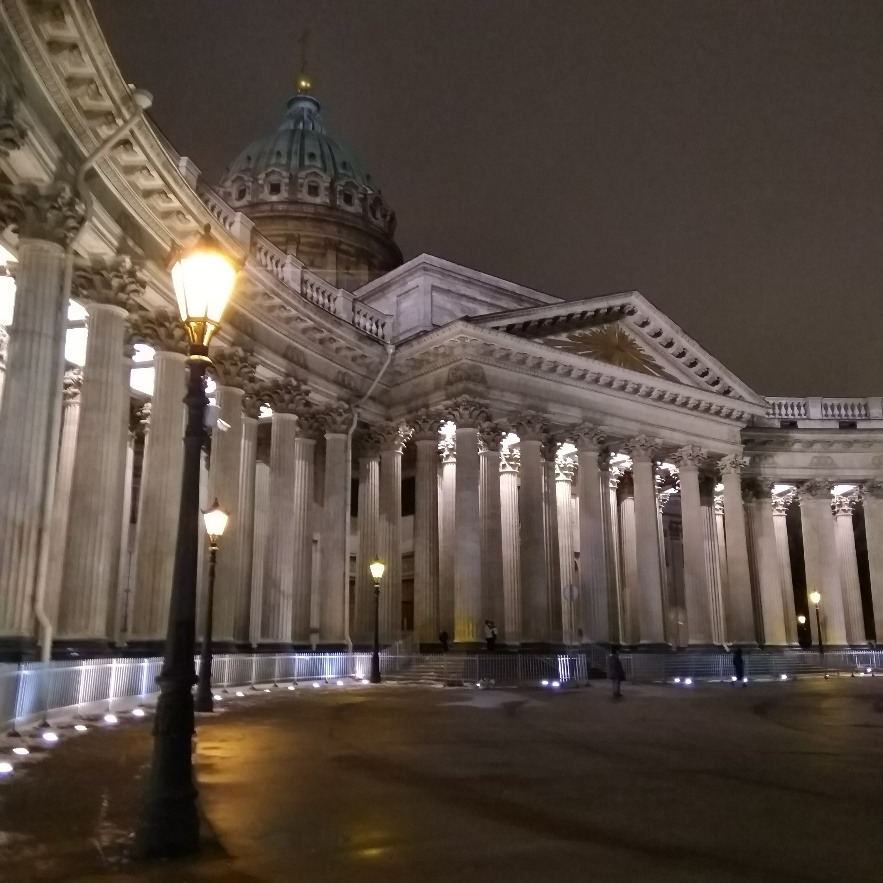
Some mobile apps take square pictures with different effects. For example, «fish eye».
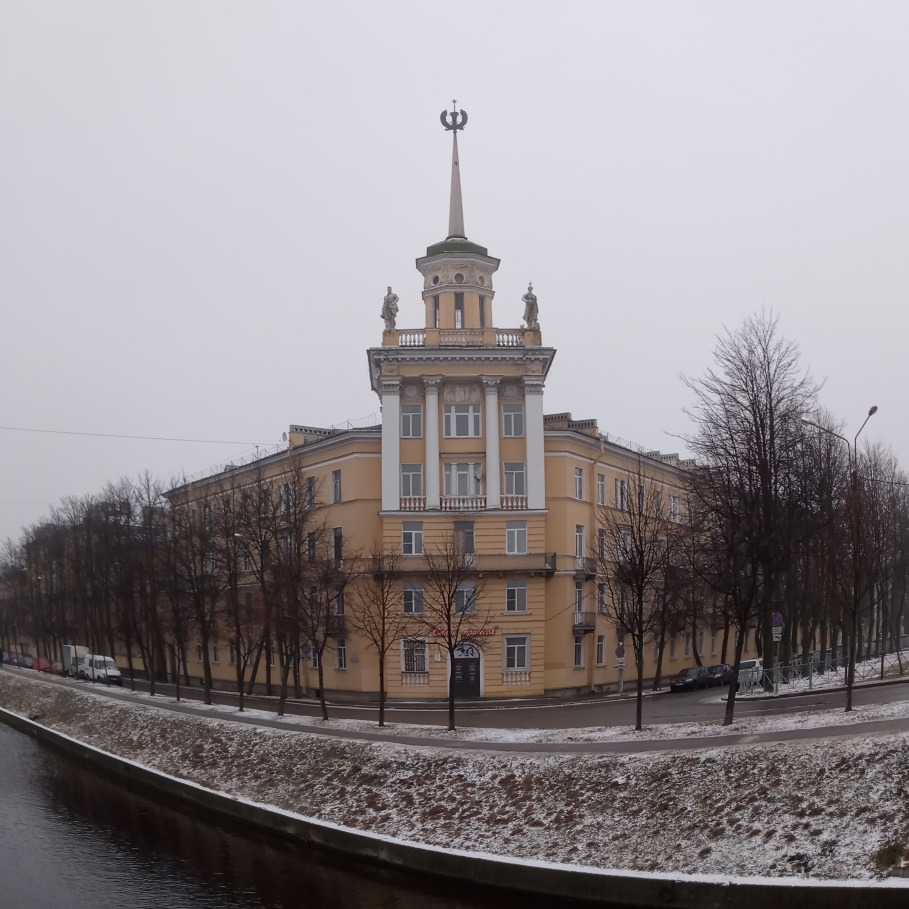
The most popular format is 4:3. Rectangular photos are taken by absolutely all smartphones. It is much easier to place an object in a rectangle than in a square.

The number of megapixels of smartphones with two or three cameras does not matter. In the 4:3 images, the smartphone «does not use» all its megapixels. For example, the Huawei U8 smartphone is equipped with three rear-view cameras with different resolutions: 48 MP/8 MP/2 MP. The resolution of a normal 4:3 photo with Huawei Y8P is 4000x3000 pixels (12 MP).
To increase the number of pixels in the image, select the high-resolution mode in the camera menu. Let’s compare photos from four smartphones with different numbers of cameras and their resolution.
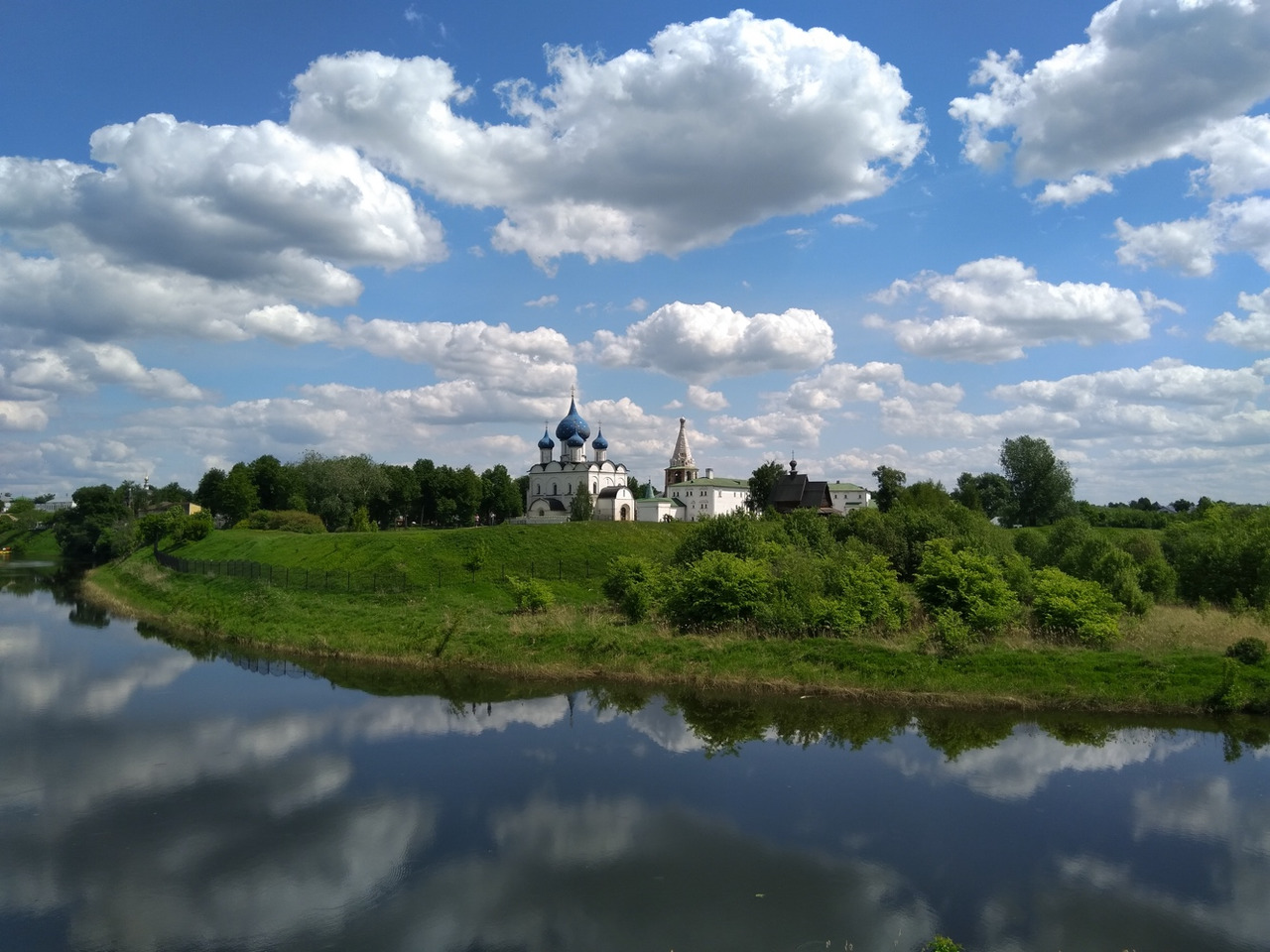
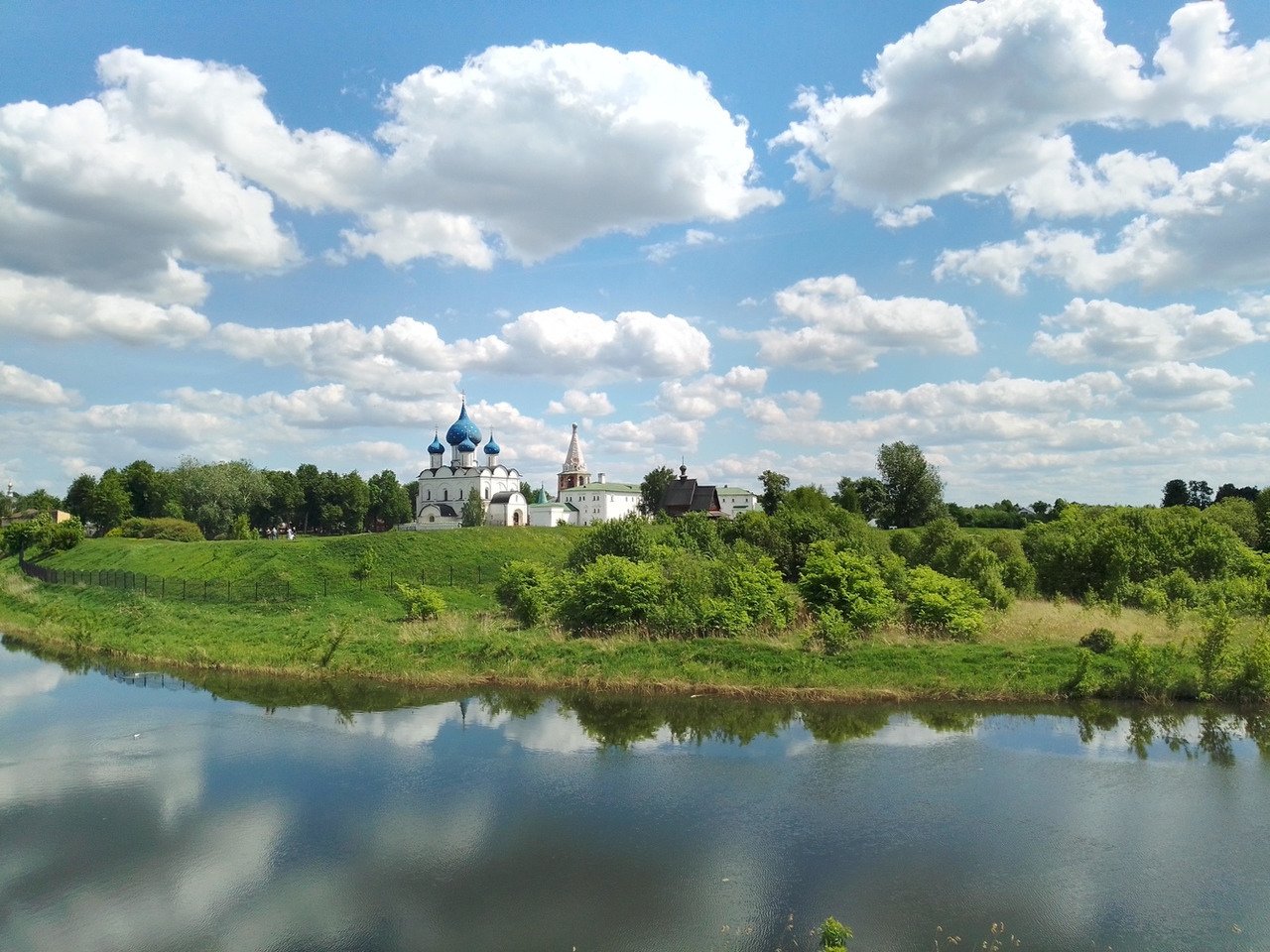
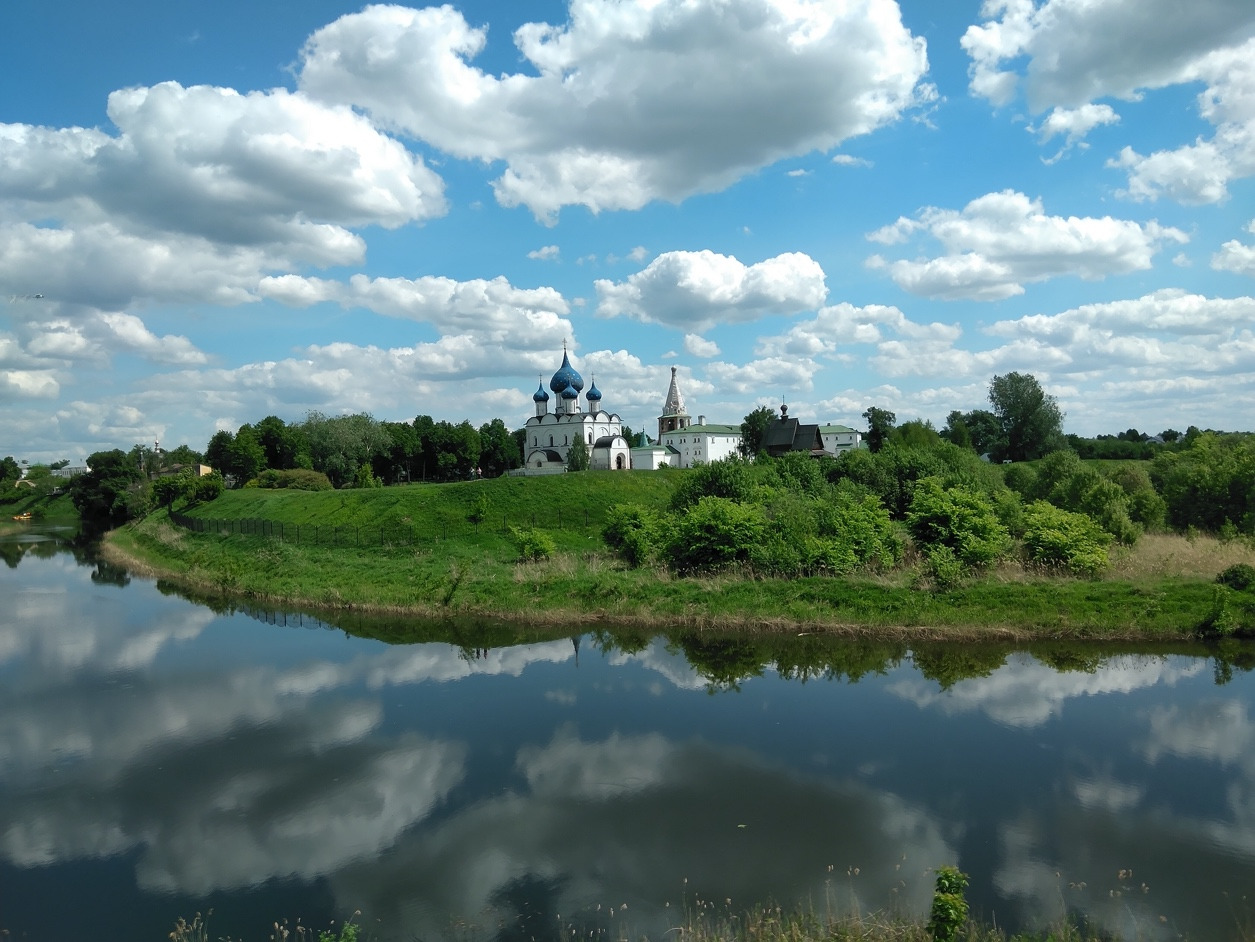
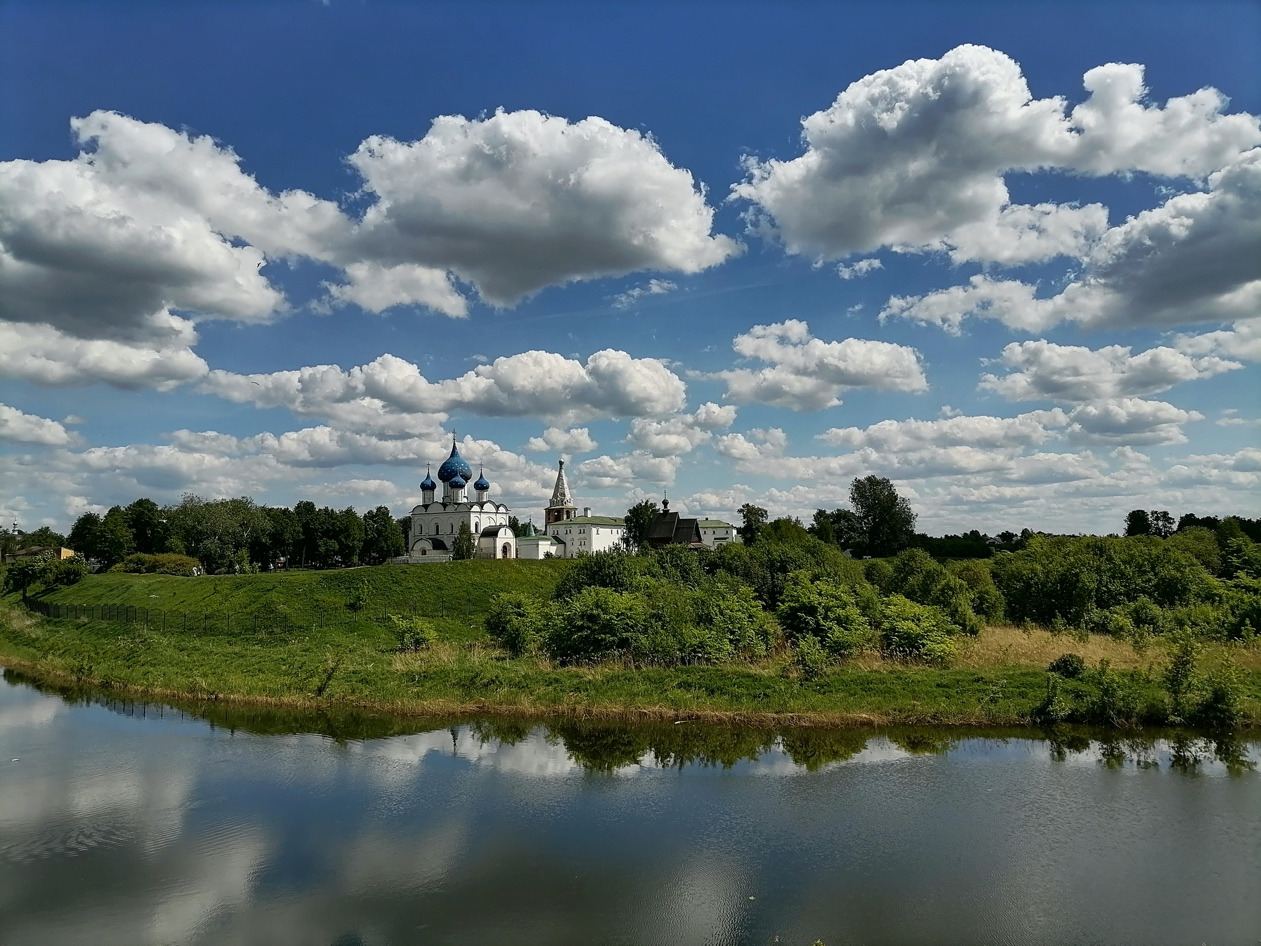
All the photos were taken from the same point with a difference of a few seconds. The angle of view of the camera is also important, the larger it is, the more it will fall into the frame. The clarity of a photo does not always depend on its resolution, it’s just that photos with a large number of pixels are easier to frame without losing quality.
For example, the resolution of this photo is 8000x6000 pixels.

You can zoom in on the photo to see the details. Let’s conduct an experiment and try to "cut" several elements of the top photo.

Let’s try to "cut" two separate objects to look at the quality of the resulting image. In the background, the first tent church of Russia in Kolomenskoye. Let’s crop the image so that we can see the features of the dome: Result:

The image is not clear, but you can see the details. Let’s try to «cut out» the images of St. George the Victorious. Result:

What happens if you don’t» stretch" the resulting image? Let’s take a look:
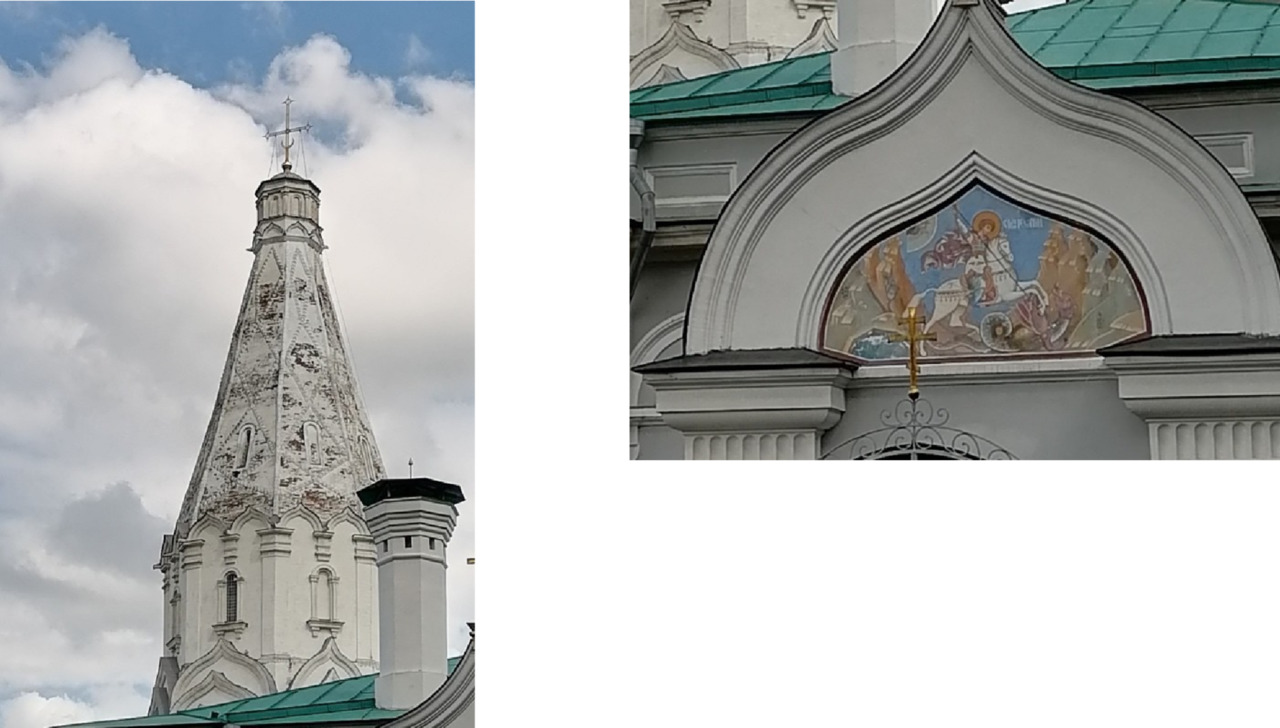
The image quality has improved. You should not use images cut from large photos as a full-fledged snapshot. There are four more types of rectangular photos. For example, phones with any number of lenses can take pictures called «panorama». The main thing is to hold the phone vertically while shooting and follow the prompts of the mobile device.
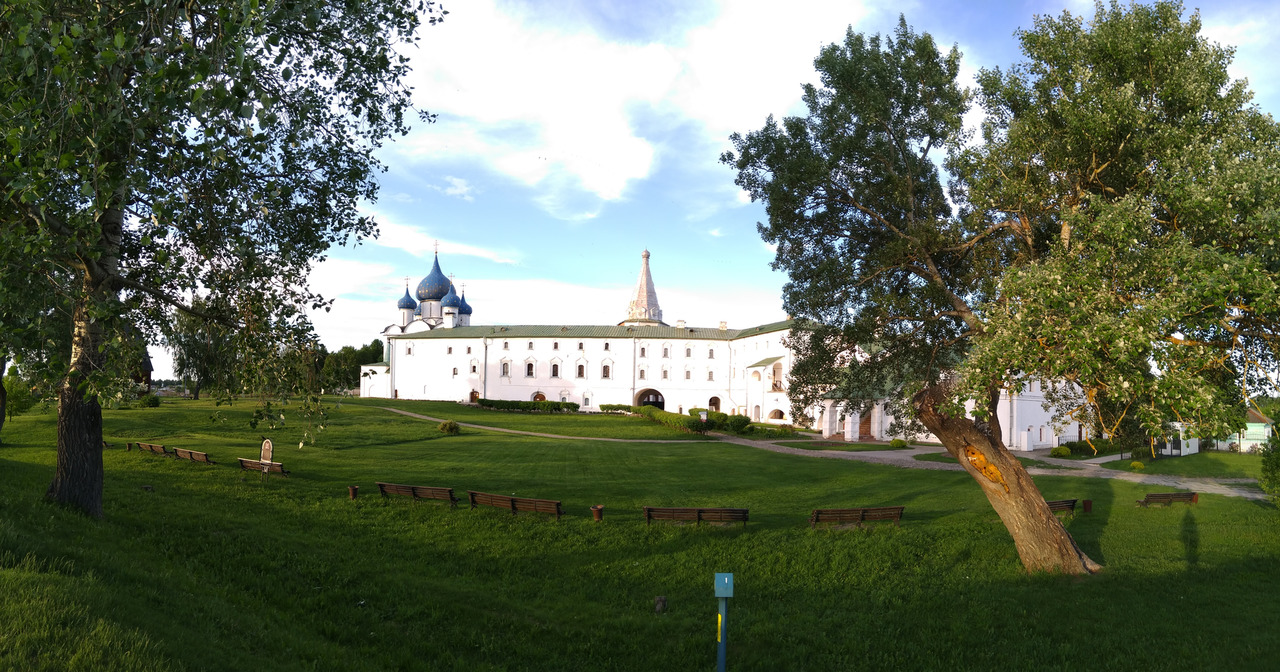
Pay attention to the format of panoramic images. Both photos were taken from the same point, the phones were held vertically. In the upper «panorama», the tree on the left almost completely fits into the frame. The image is smaller in height than the second one, but at the same time wider. Also pay attention to the position of the gray column in the foreground. The first photo does not show its lower part. Now let’s look at the second» panorama», it is smaller in width than the first one. You can see the bottom of the gray pillar and the grass around it. The Kremlin in the second photo is slightly larger than in the upper one (as if it was slightly enlarged). In the first photo, more objects are placed in the frame by the width of the images, in the second-by the height. I will not even talk about the difference in color, because this issue is worth considering in a separate chapter.

During the panorama shooting, the phone must be held evenly and smoothly moved, otherwise a damaged photo may turn out. Error of the Nokia 6 smartphone, the reason is a sharp movement of the phone.

All smartphones can take panoramic pictures, it’s just that there is not always a corresponding function in the camera menu. For example, there is no «panorama» option in the camera menu of Lenovo K10 Plus smartphones, but there is an image of a «double mountain». In fact, the smartphone takes a panoramic picture. Unfortunately, such photos have a defect, the feeling that they were taken through a fish-eye lens. The image is distorted, when shooting buildings, the middle of the photo turns out to be convex. In this mode, it is better to shoot nature.
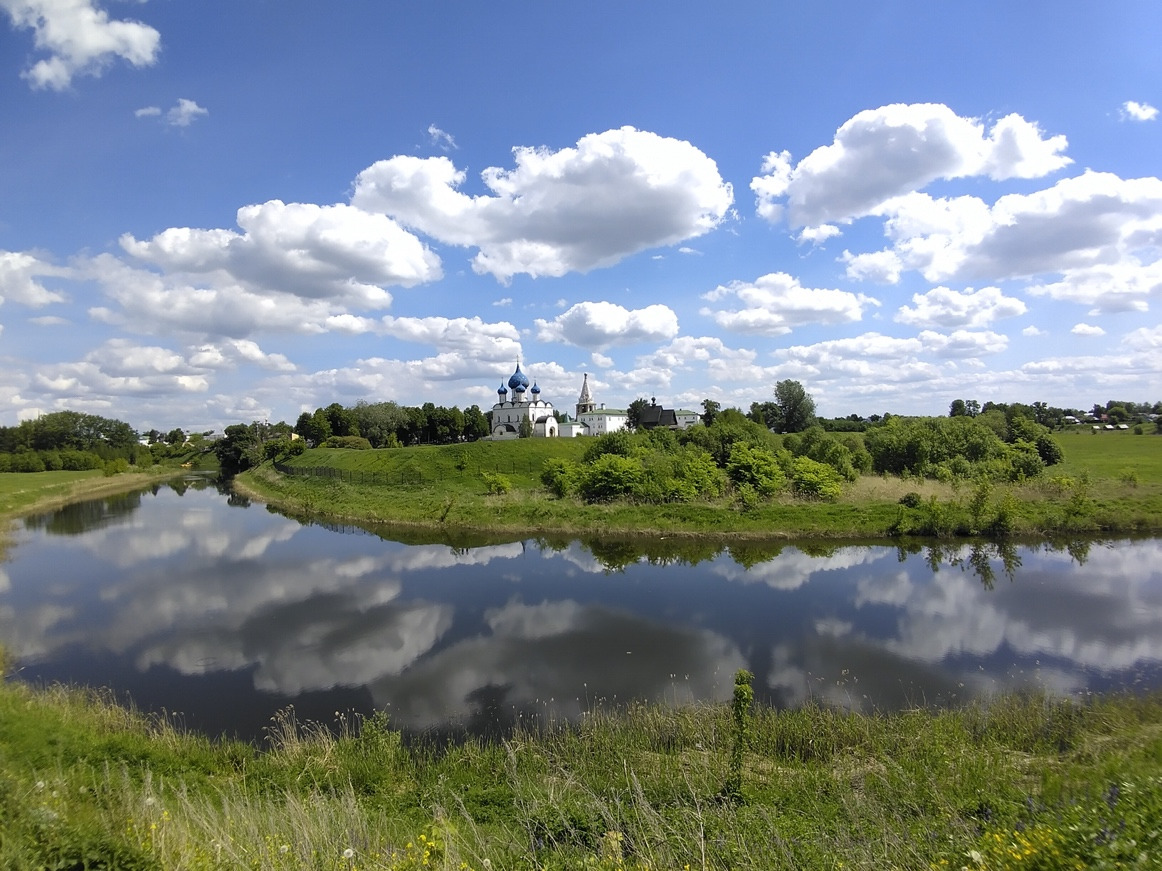
An example of an unsuccessful photo with a Lenovo K 10 Plus.
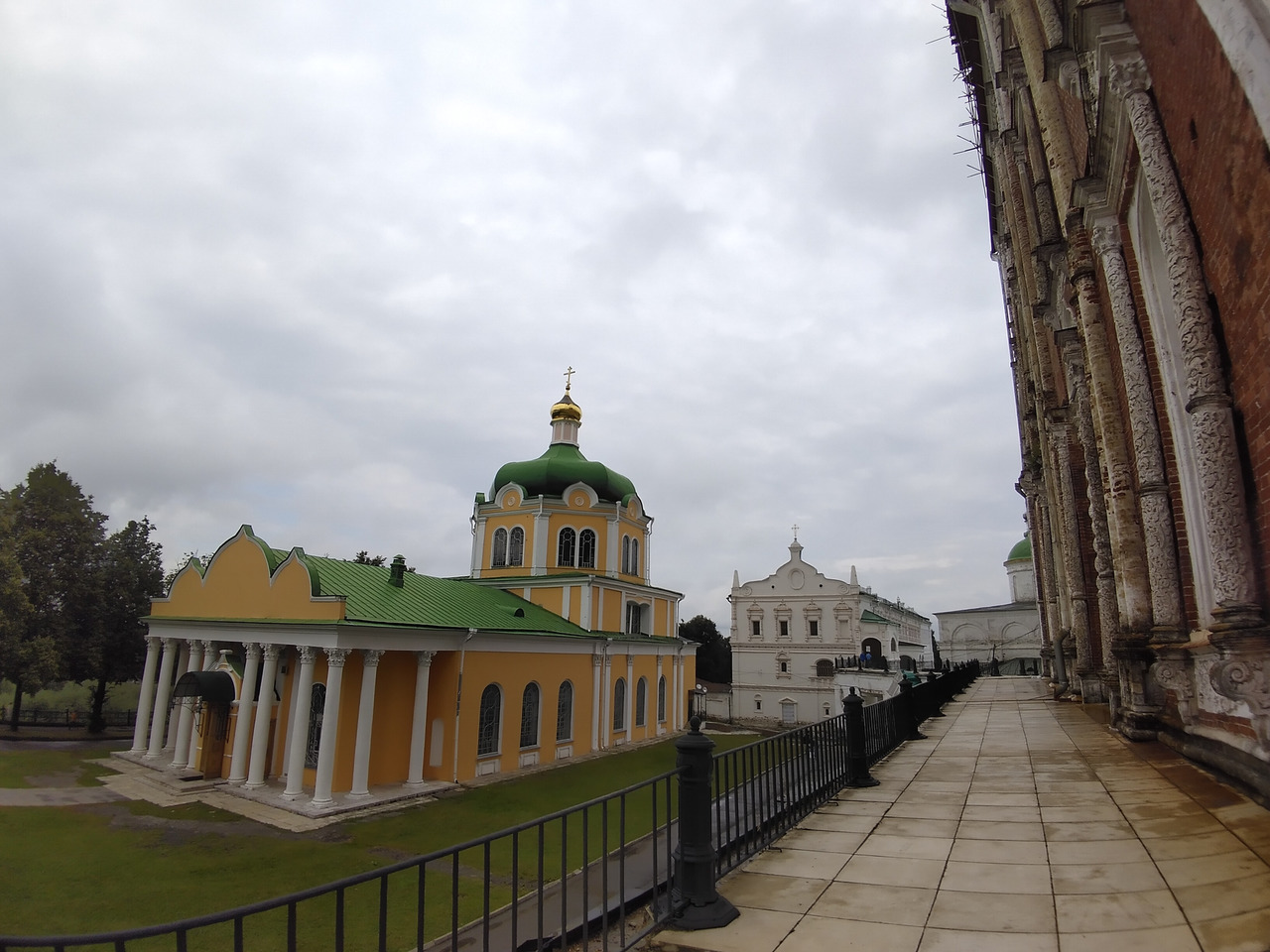
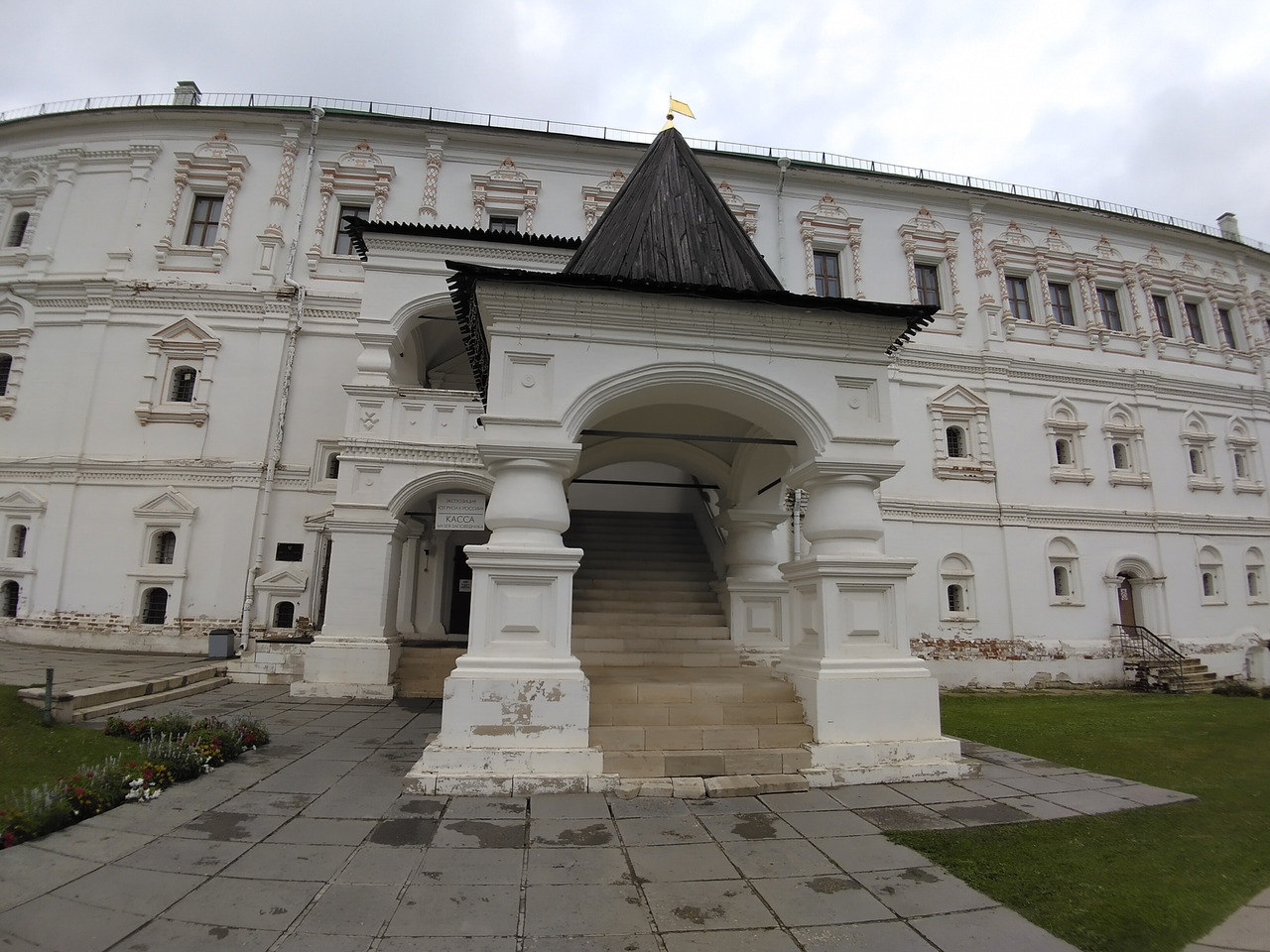
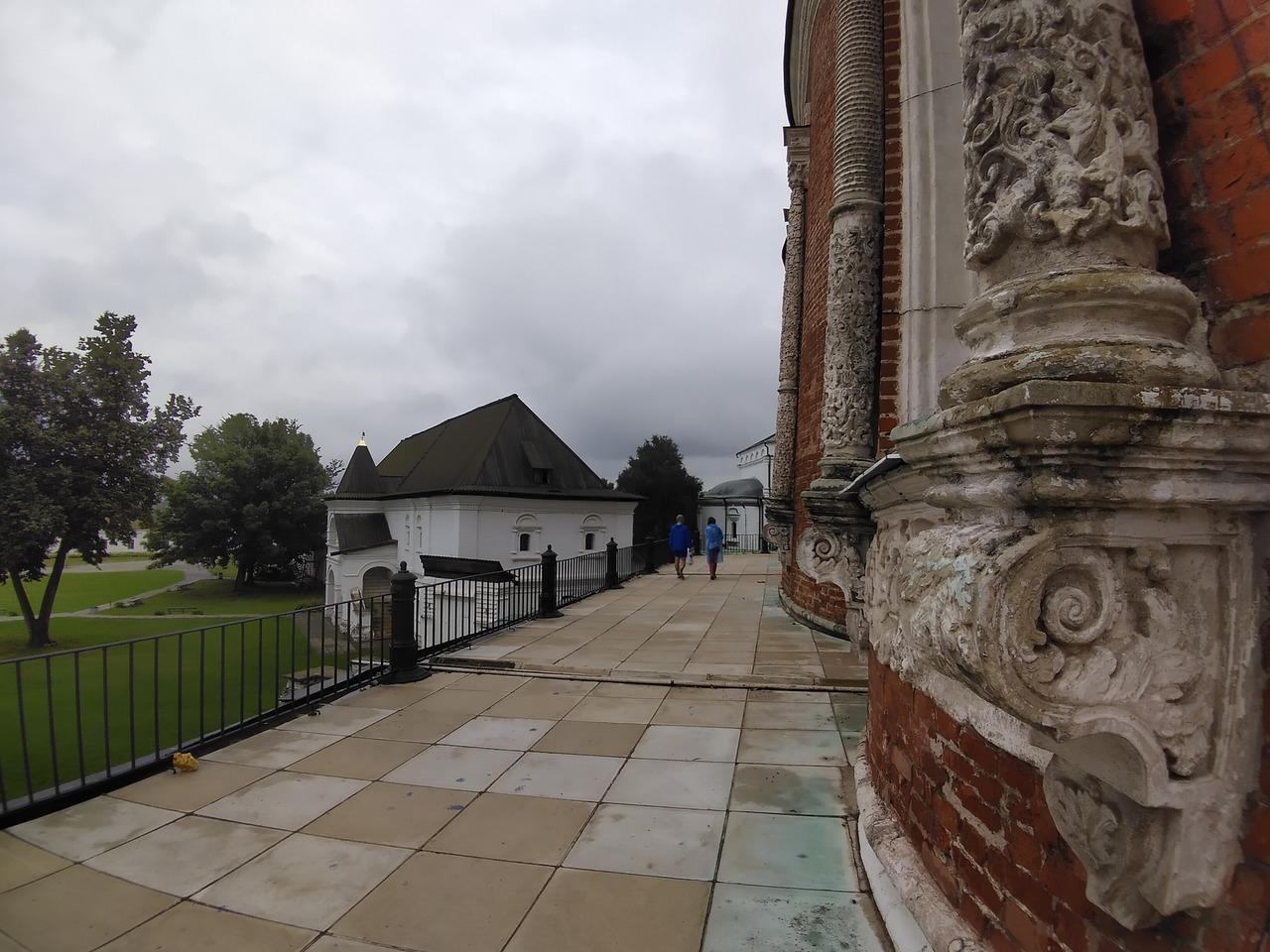
Phones with two and three cameras take photos in the format 16:9 and 18:9, 19,4:9. These are non-standard pictures that look quite strange.
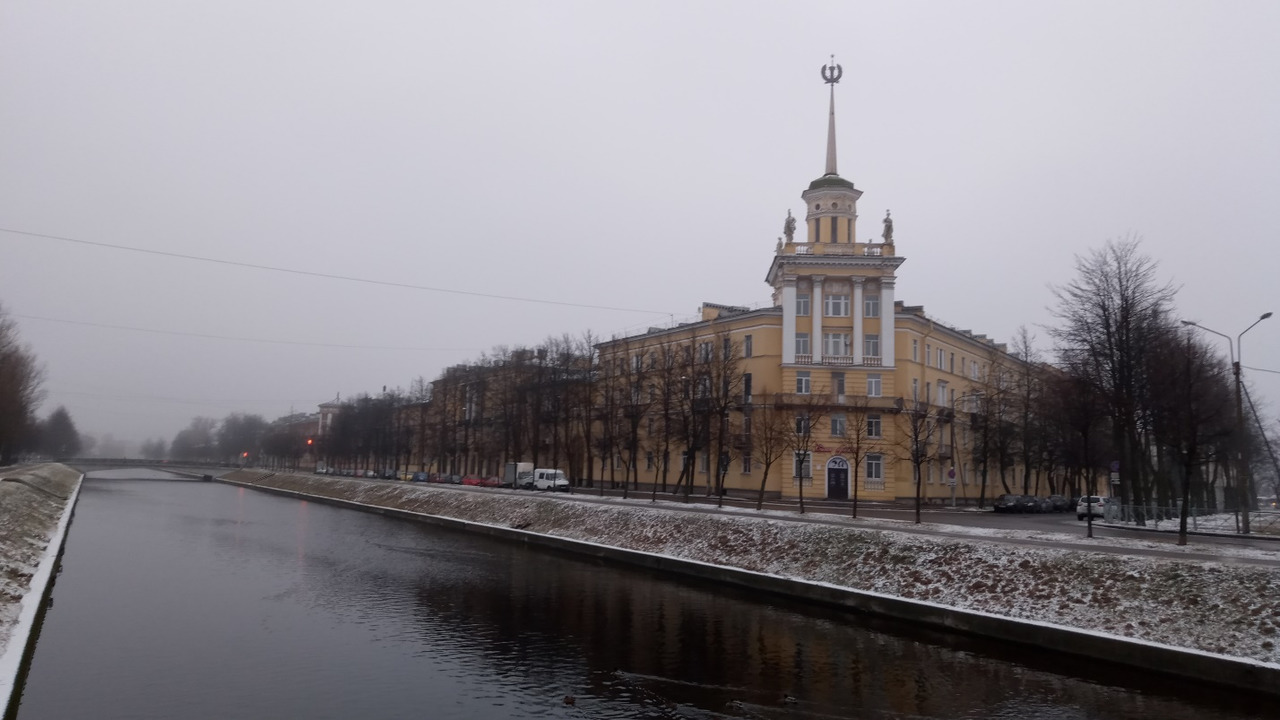
In photos 16: 9 and 18:9, the object is slightly enlarged compared to photos 4:3.
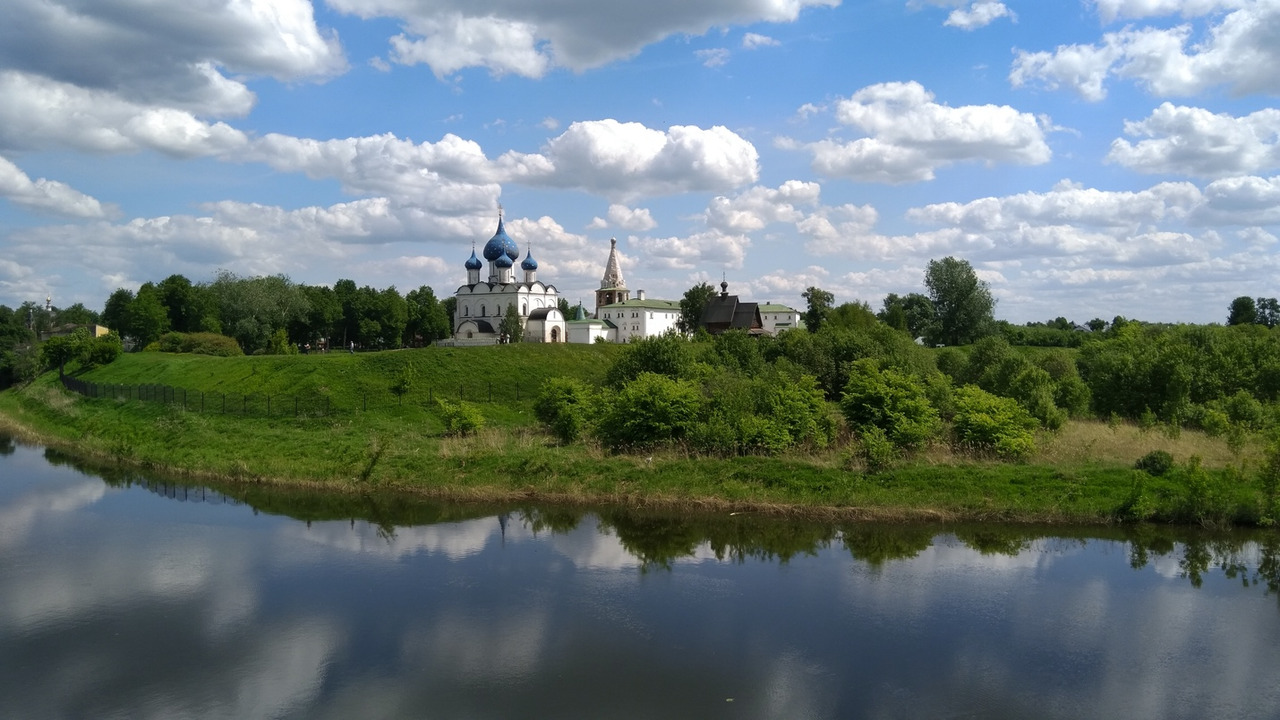
In the 19.4:9 images, the object is not enlarged.
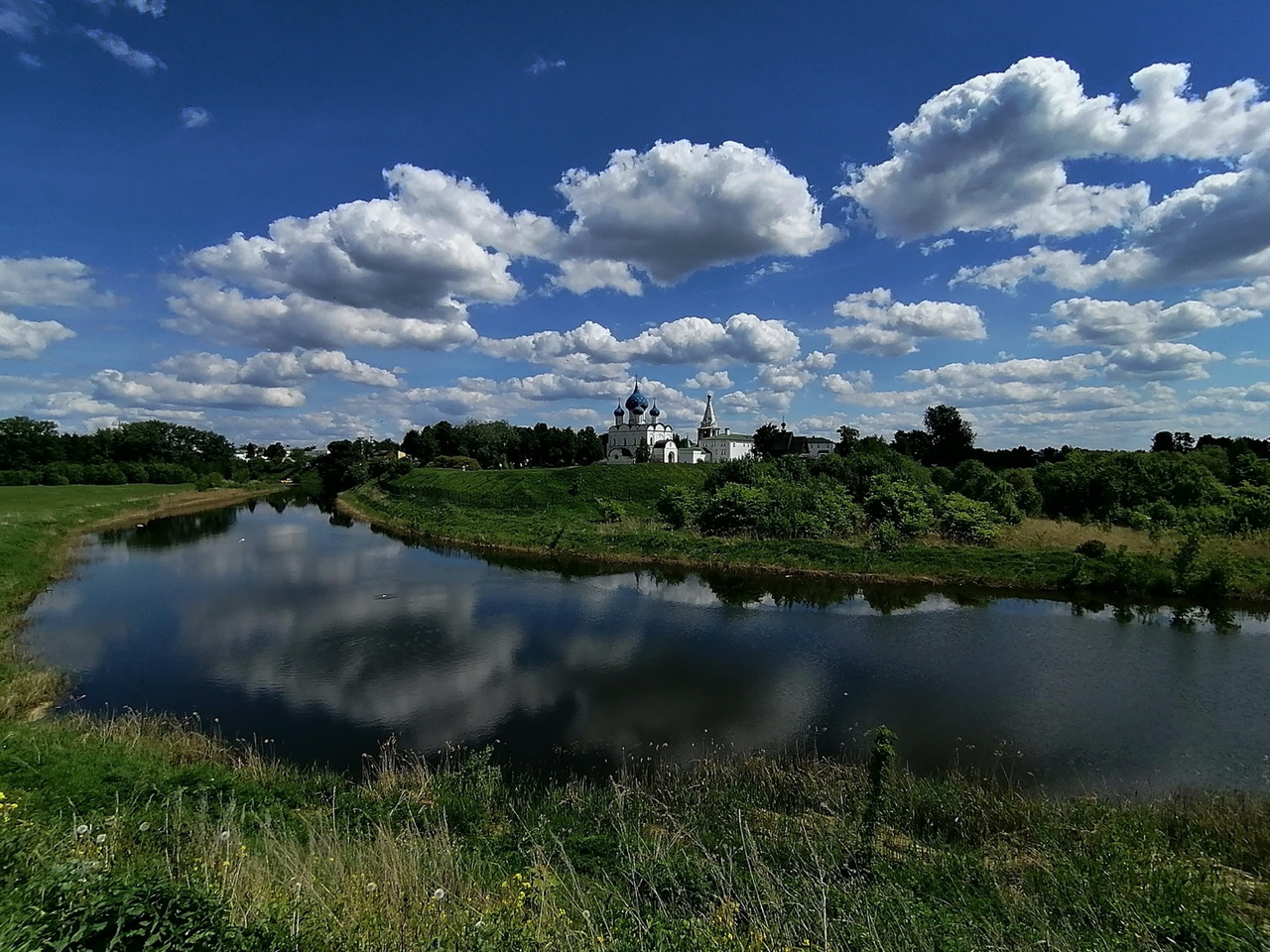
Color rendering and photo effects
In a smartphone, the main thing is not the number of megapixels of the camera, but its color reproduction. Modern smartphones have an HDR function, it does not affect the clarity of the photo (many people confuse it with HD), since it is responsible for the brightness of the colors in the picture. In a split second, the smartphone takes several pictures with different shutter speeds and exposures and combines them into one image. The difference between an HDR photo and a regular one is not always noticeable.
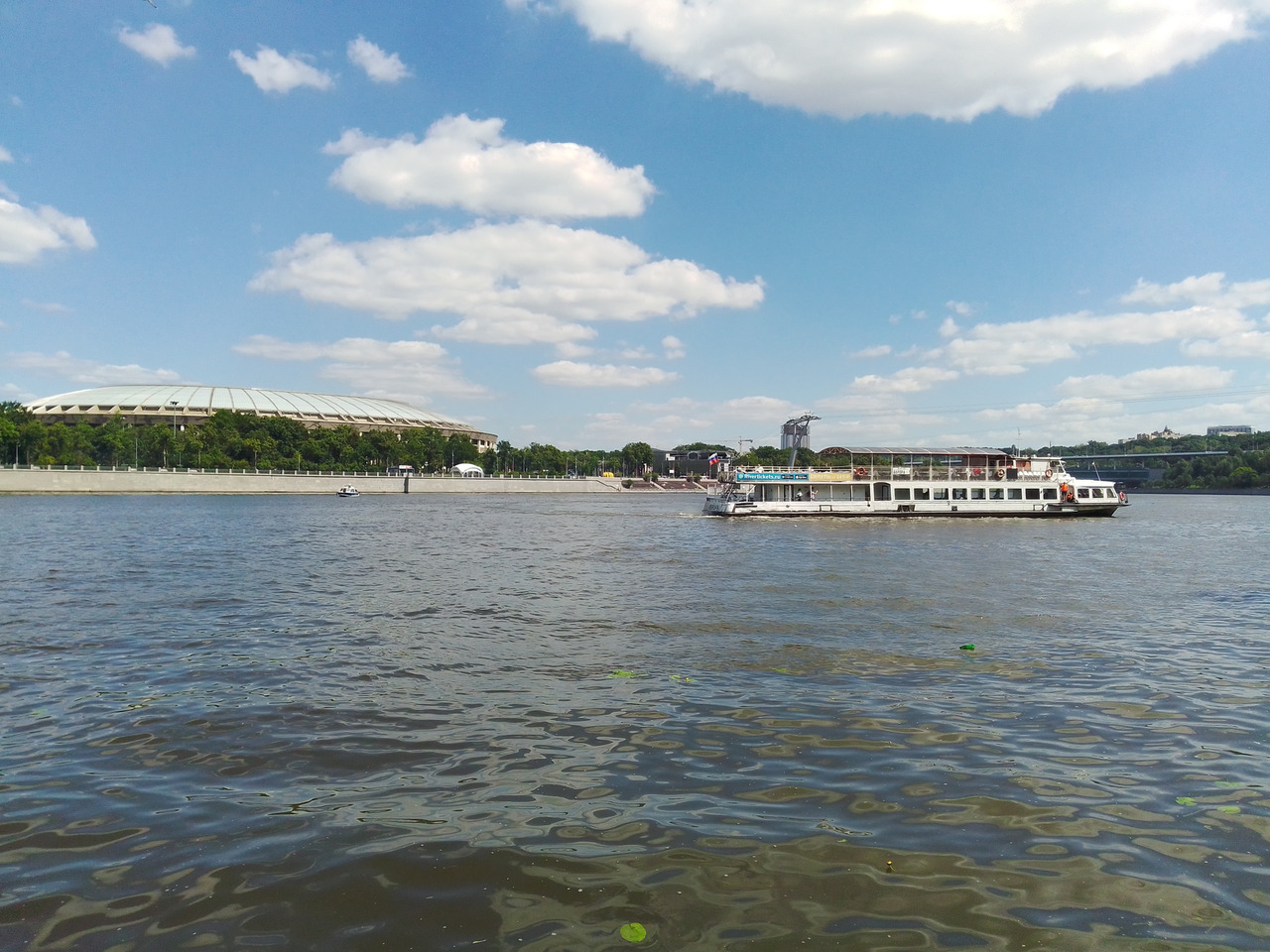
Ordinary photography is not HDR:
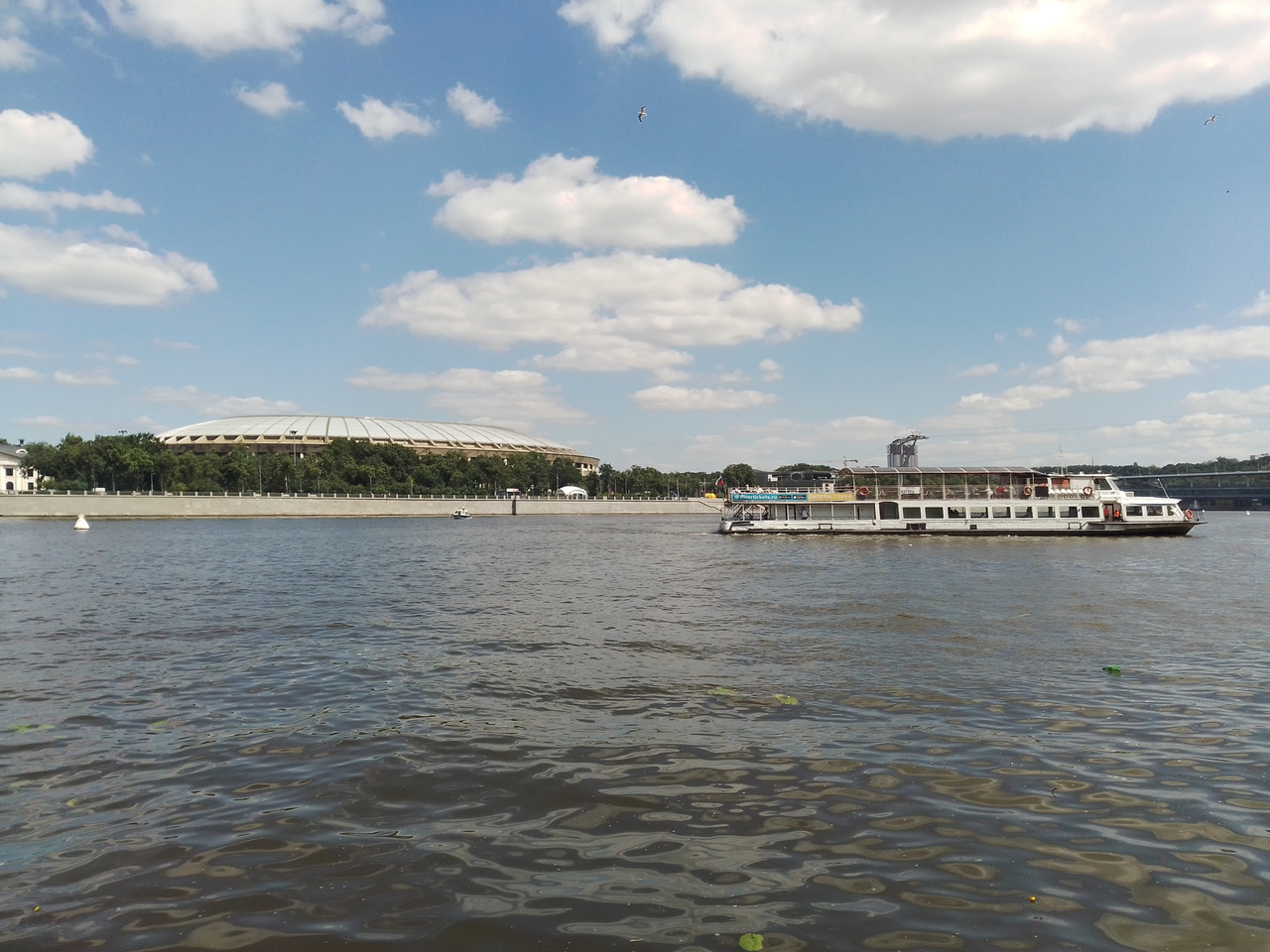
The color reproduction is affected by the quality of the phone’s lens, its size and the matrix of the smartphone. The higher the price of the smartphone, the better the color reproduction. Photos from cheap smartphones are dull with a yellowish or grayish tint.
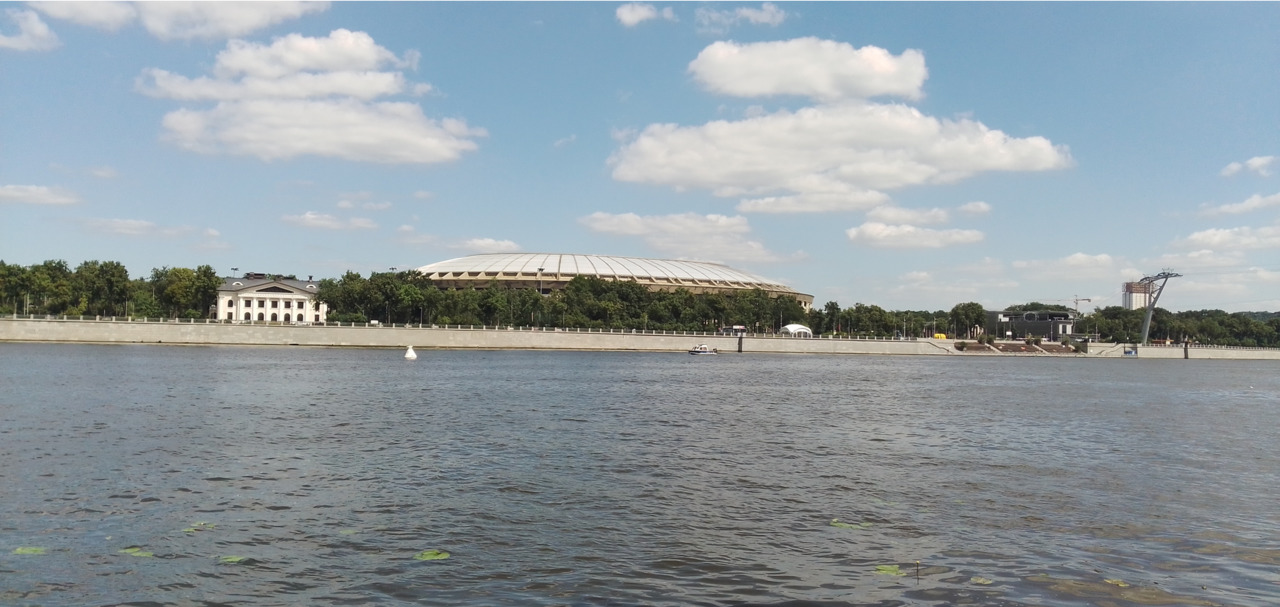
Let’s compare the photos from the phone and the SLR camera.
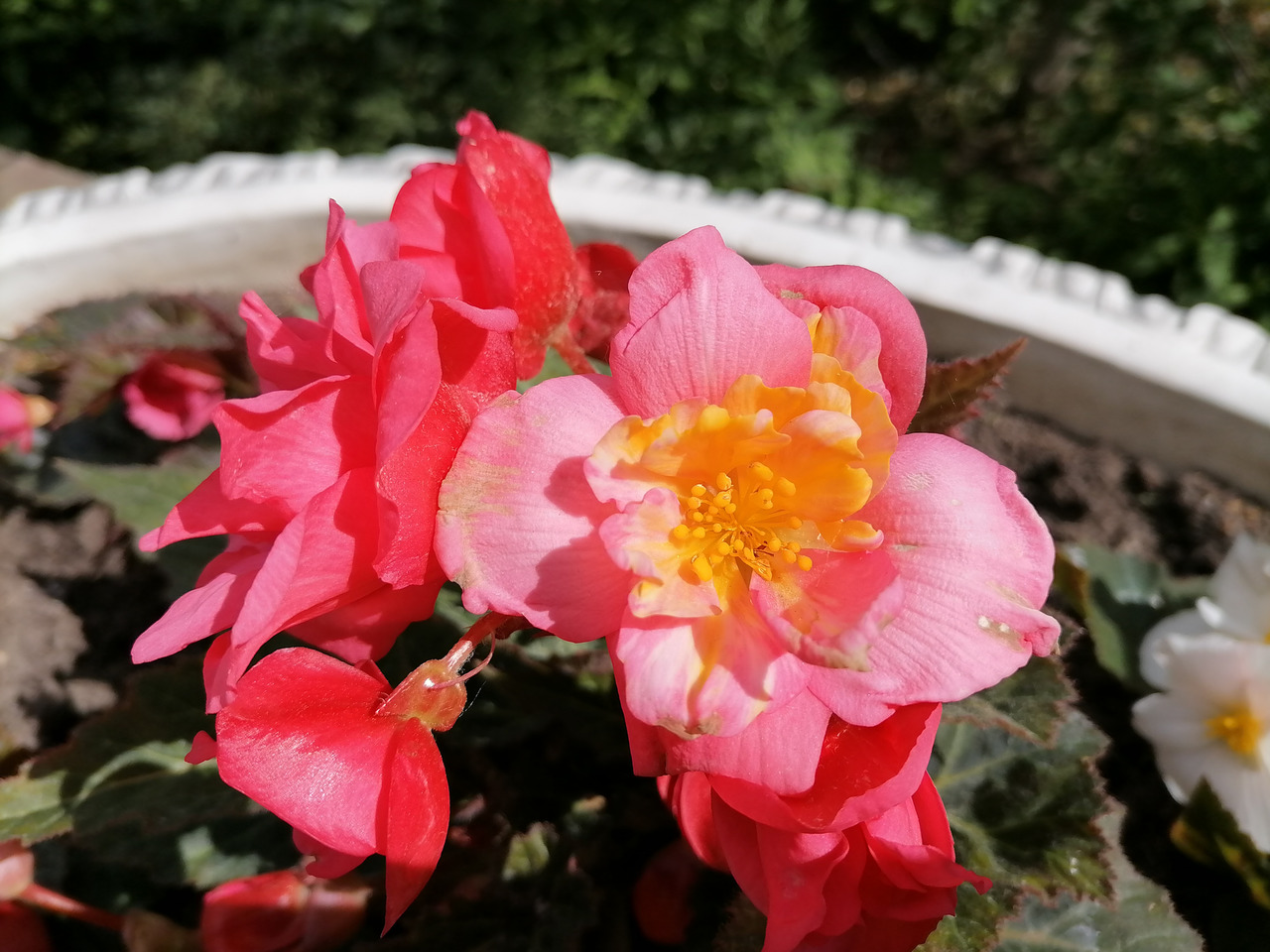
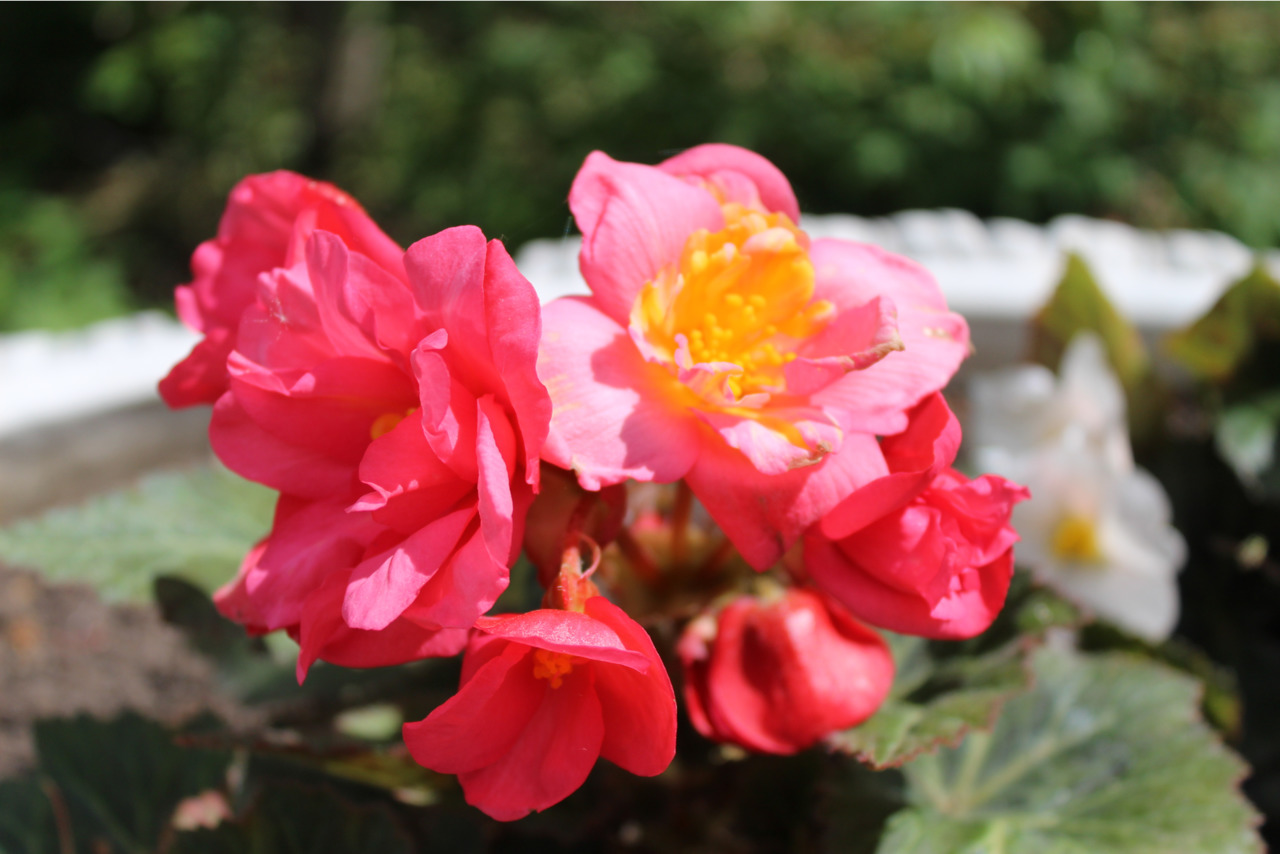

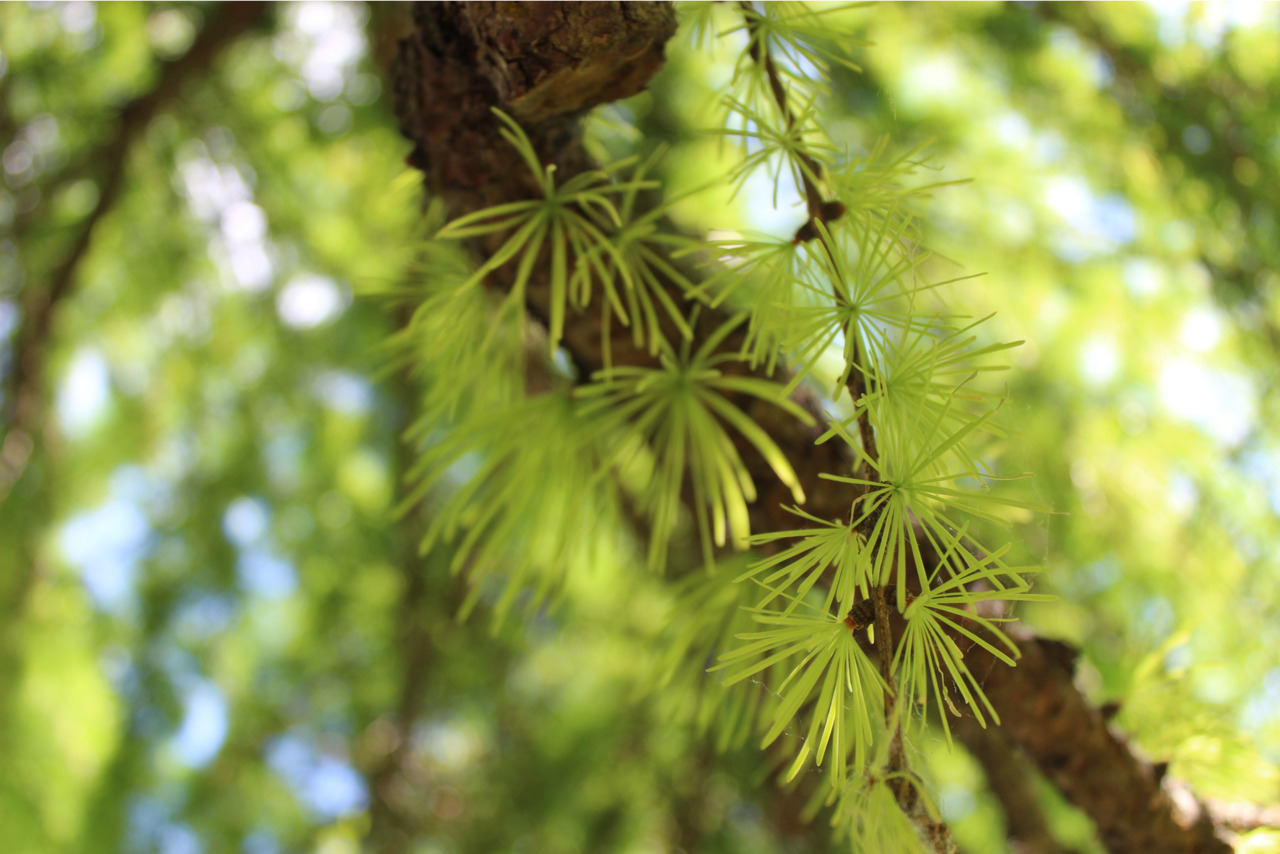
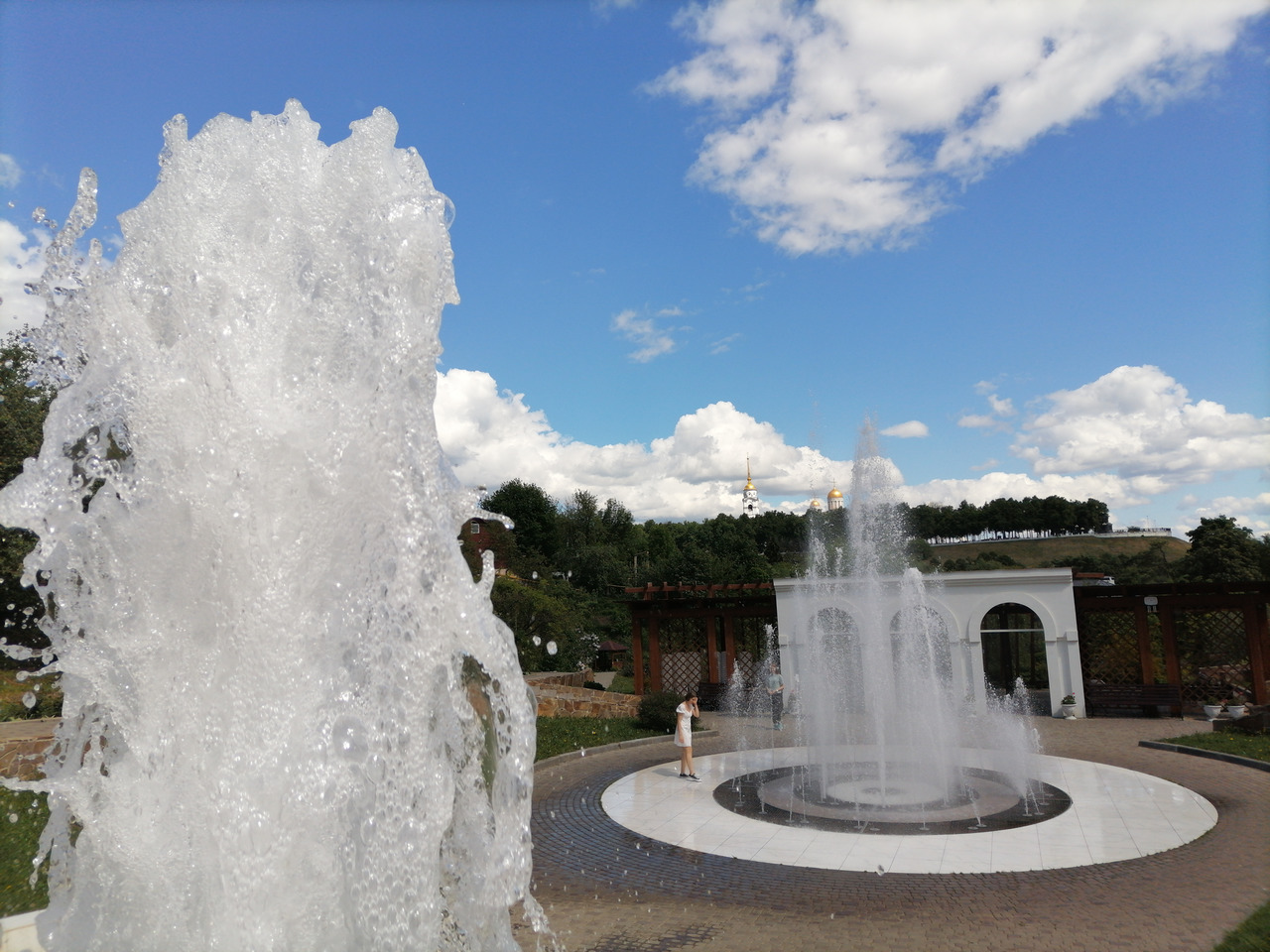
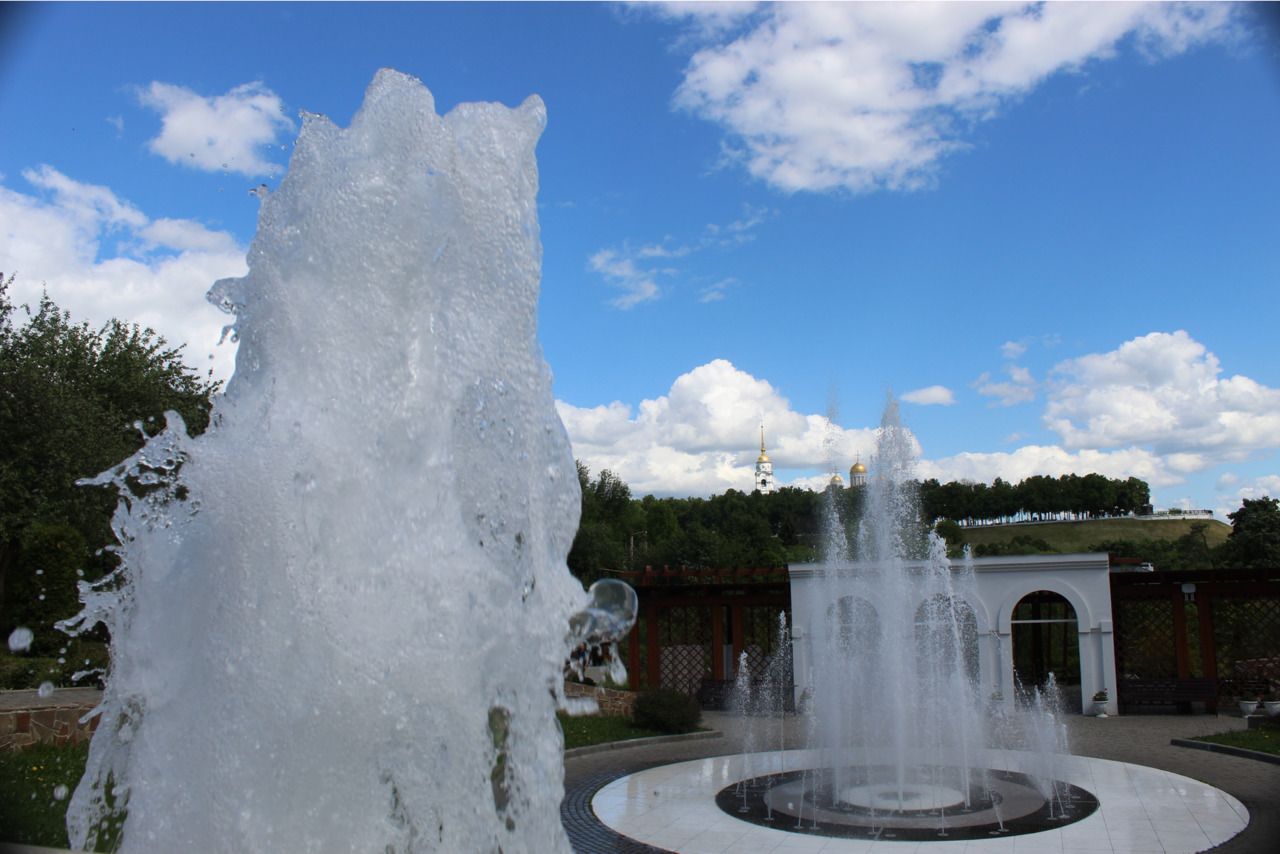
Let’s compare photos with Huawei and smart cameras.
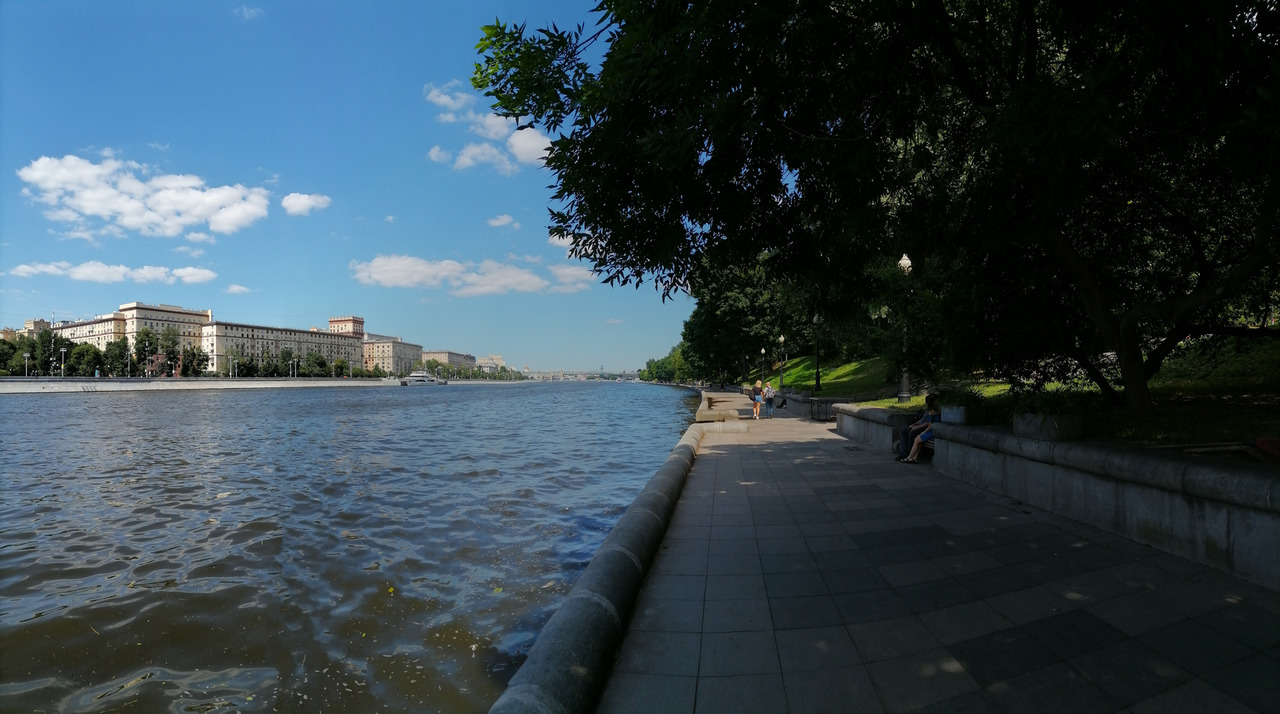
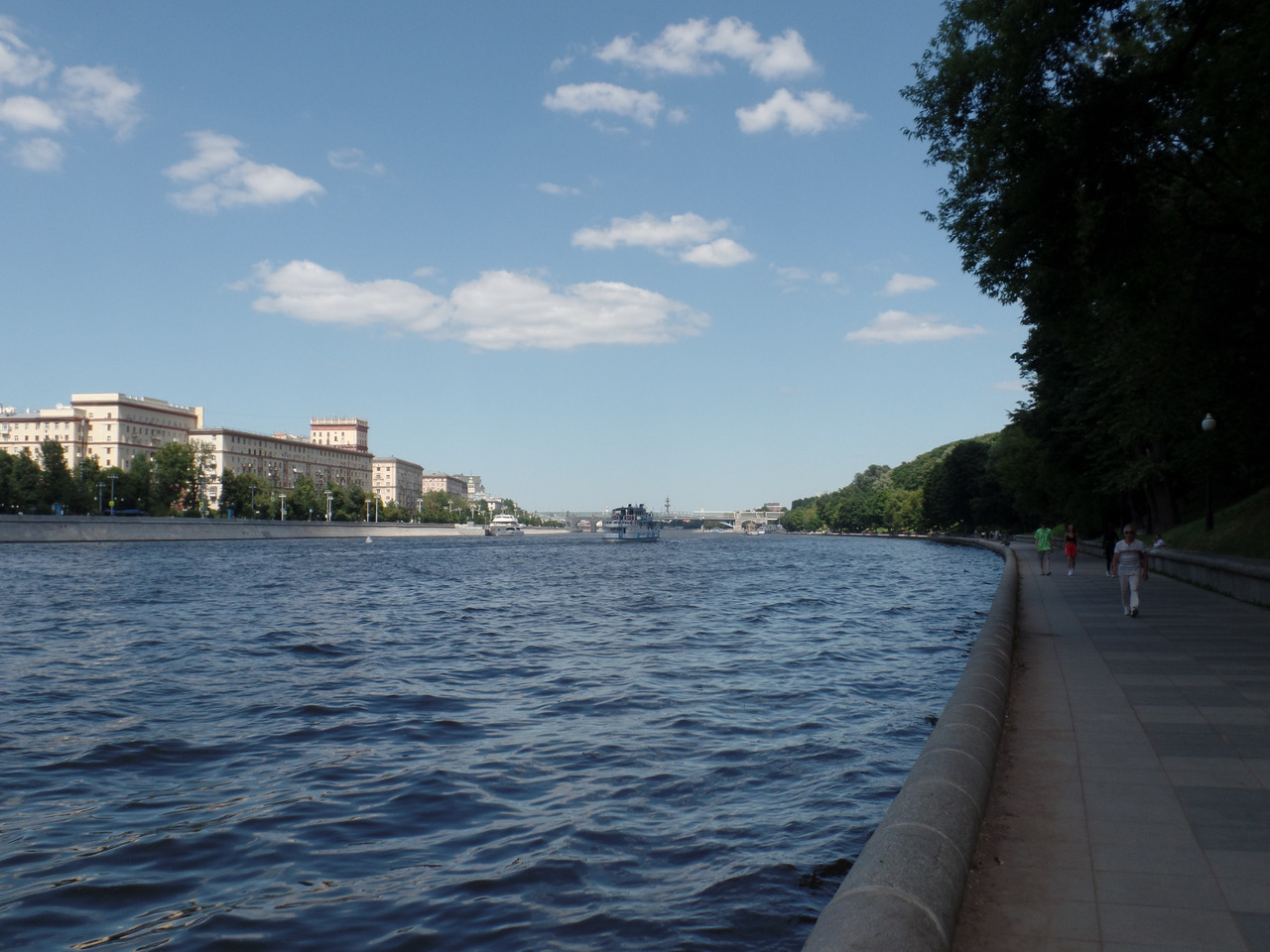
Let’s compare photos from smartphones Huawei Y8P (2020) and Nokia 6 (2018):
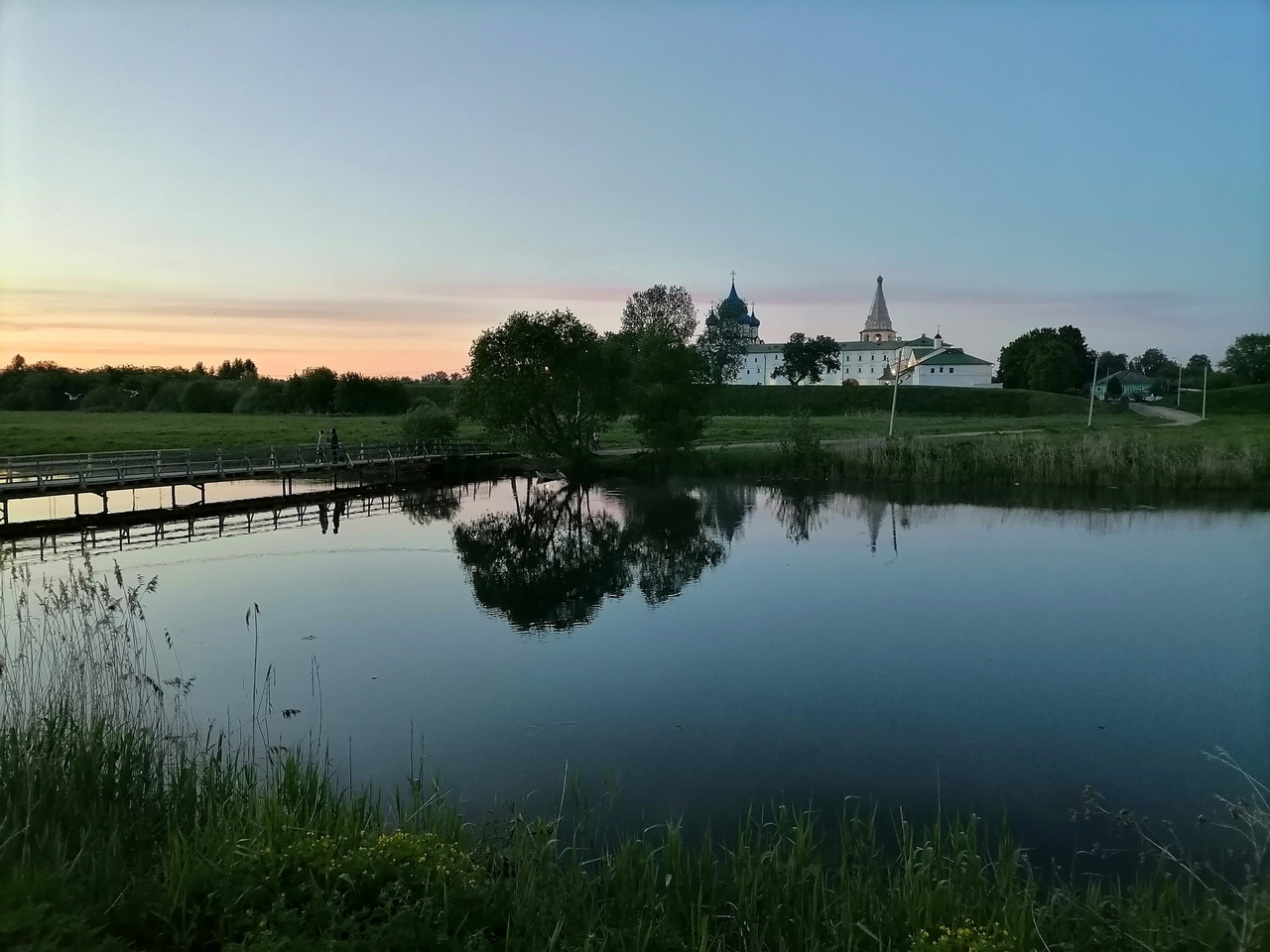

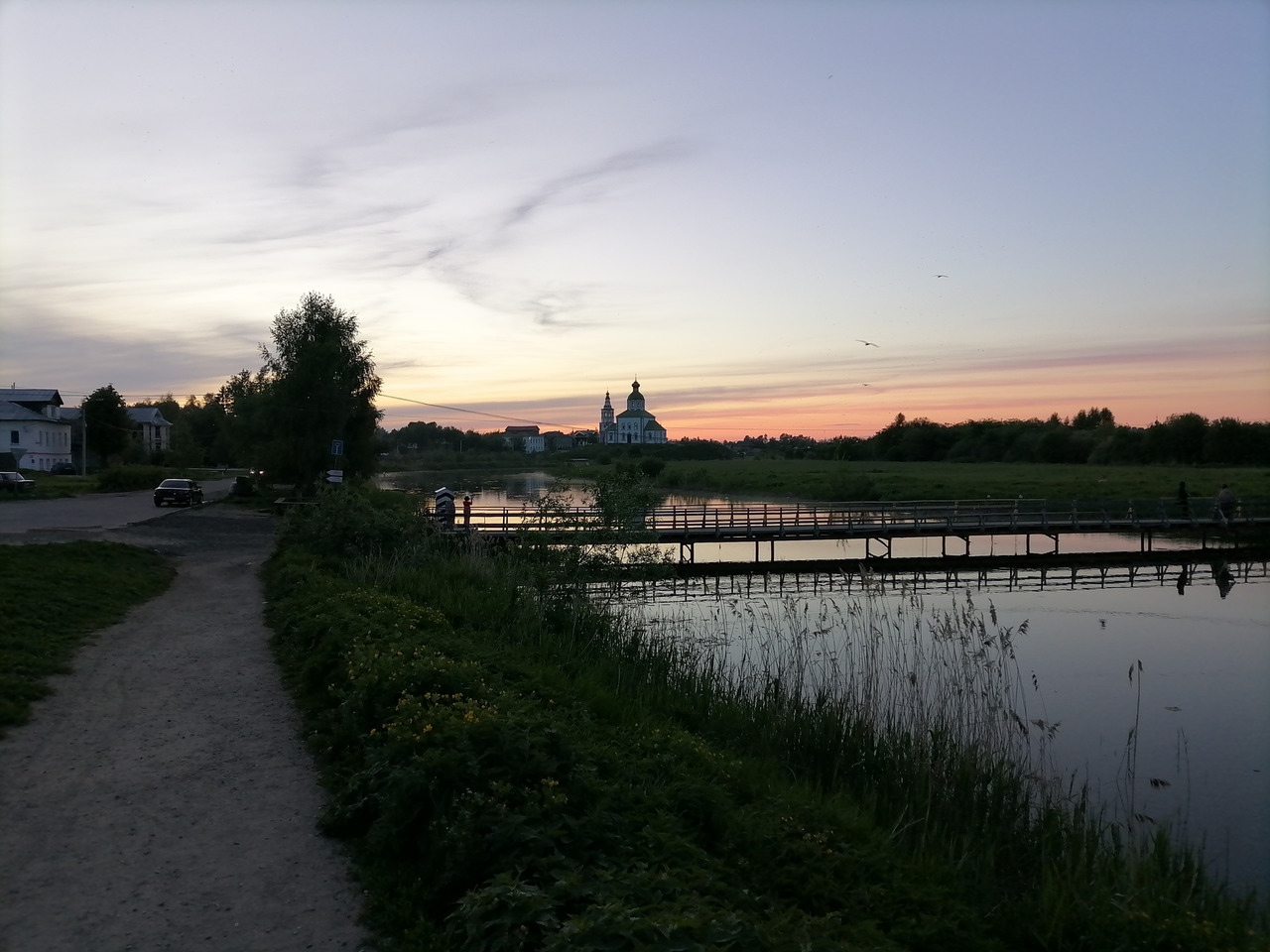
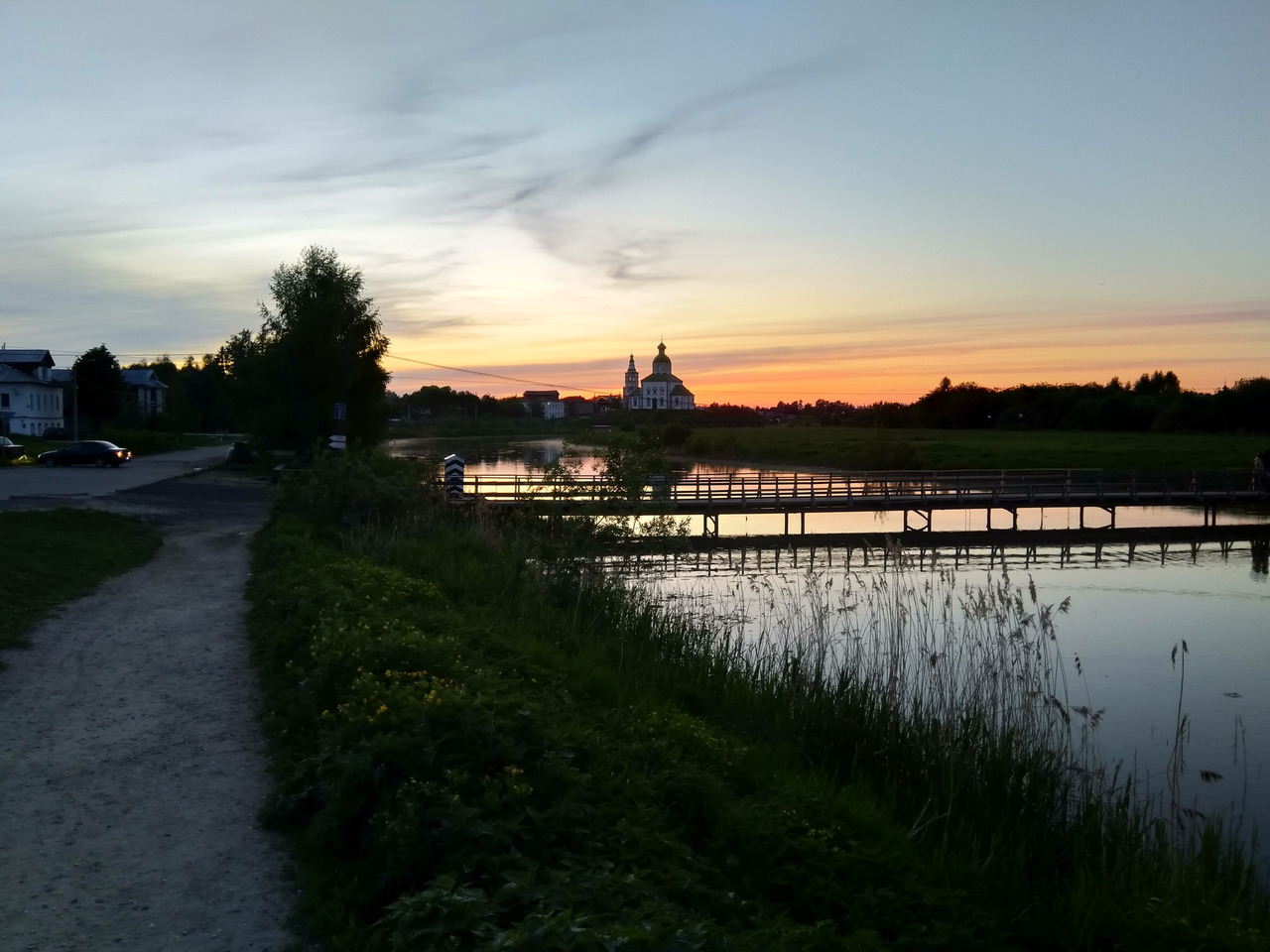
Conclusions: photos from a Huawei smartphone are worse than from a SLR camera. Photos from a Huawei smartphone are better than from a smart camera and a Nokia 6 smartphone.
If you are not satisfied with the mobile photo, you can edit it. For example, in the mobile application Photoshop Express or Lightroom.
The photo was taken using a cheap Chinese smartphone BQ 6040 L Magic:

The photo was processed in the free mobile application Adobe Photoshop Express:
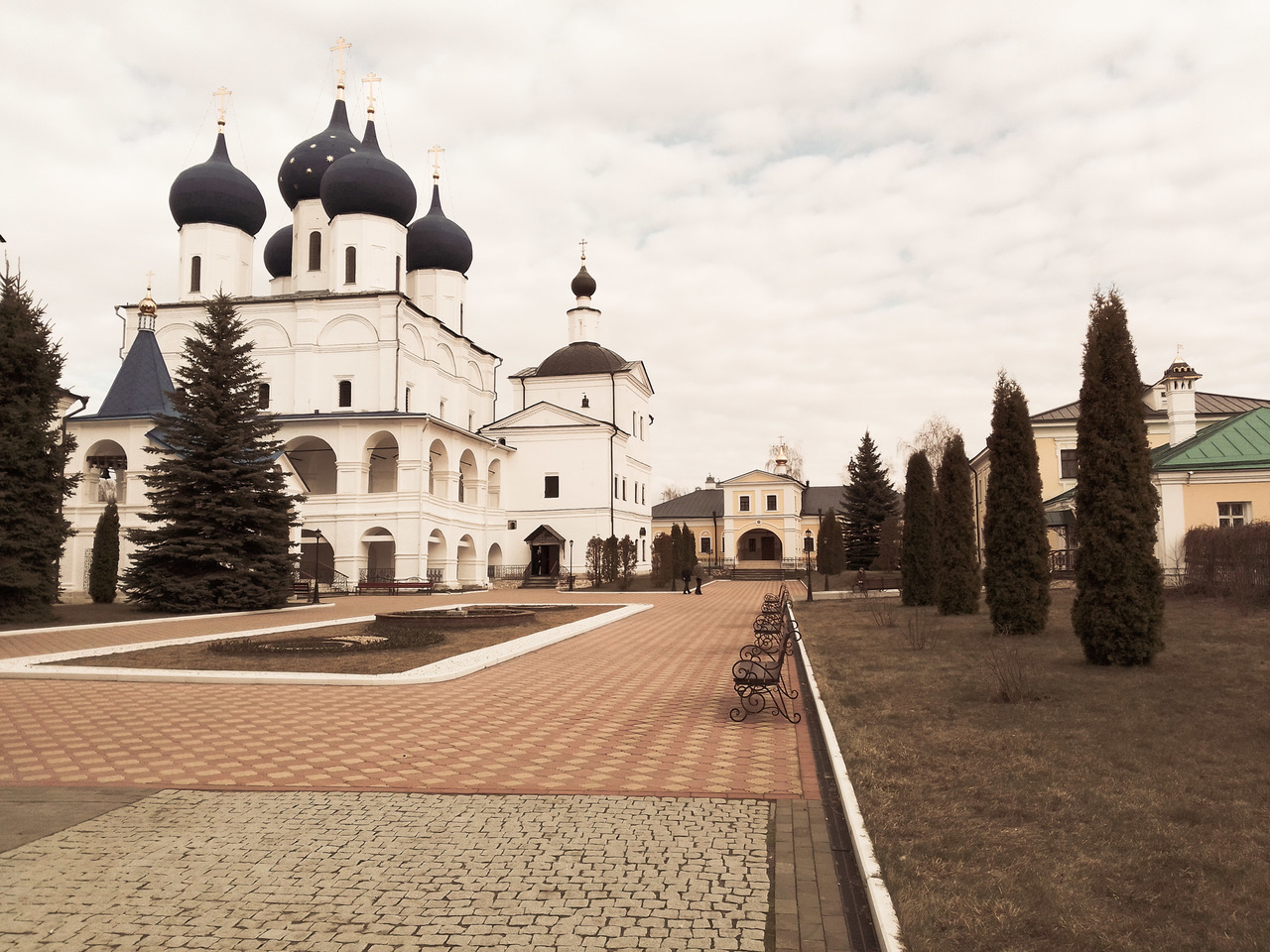
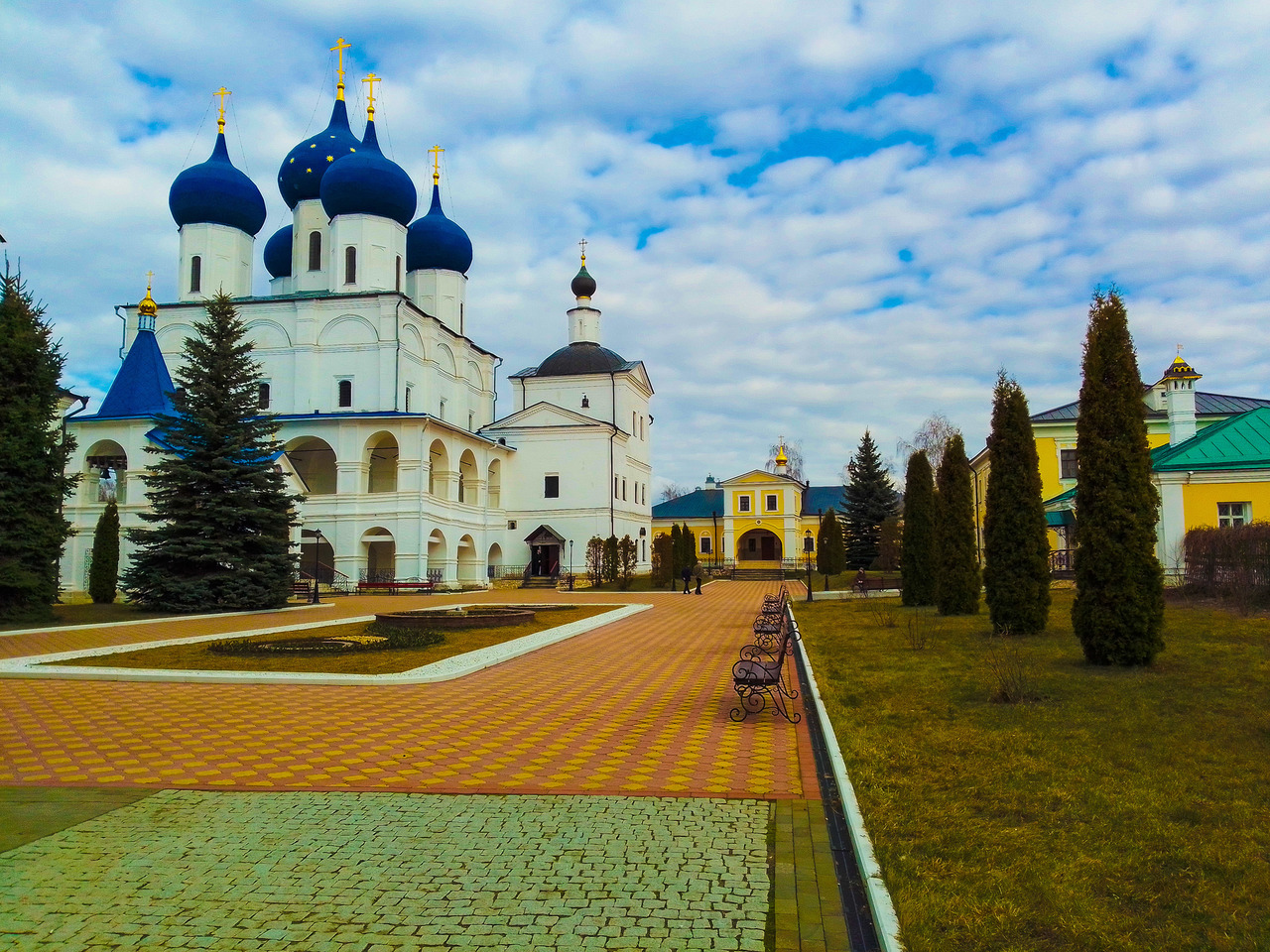
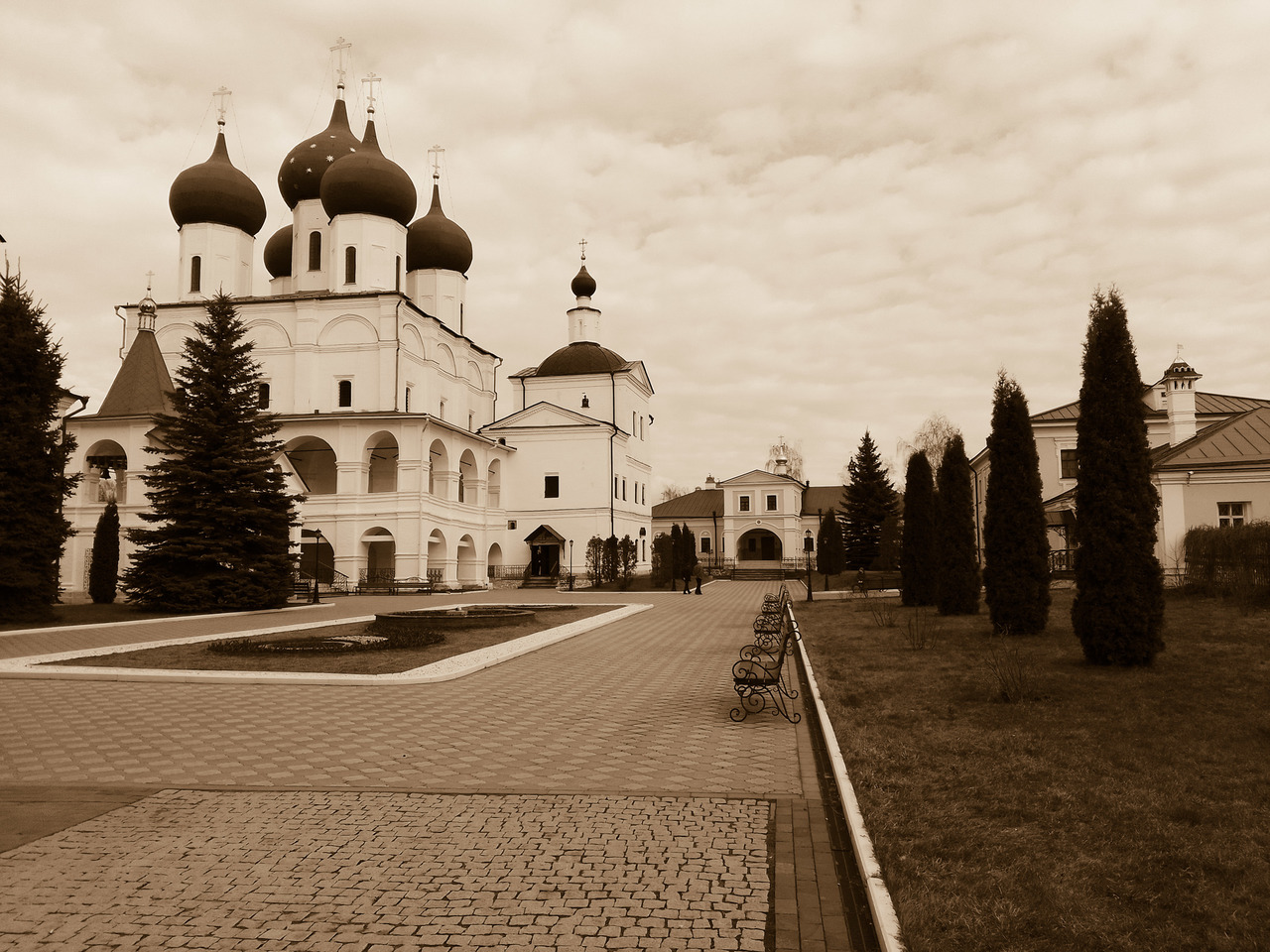
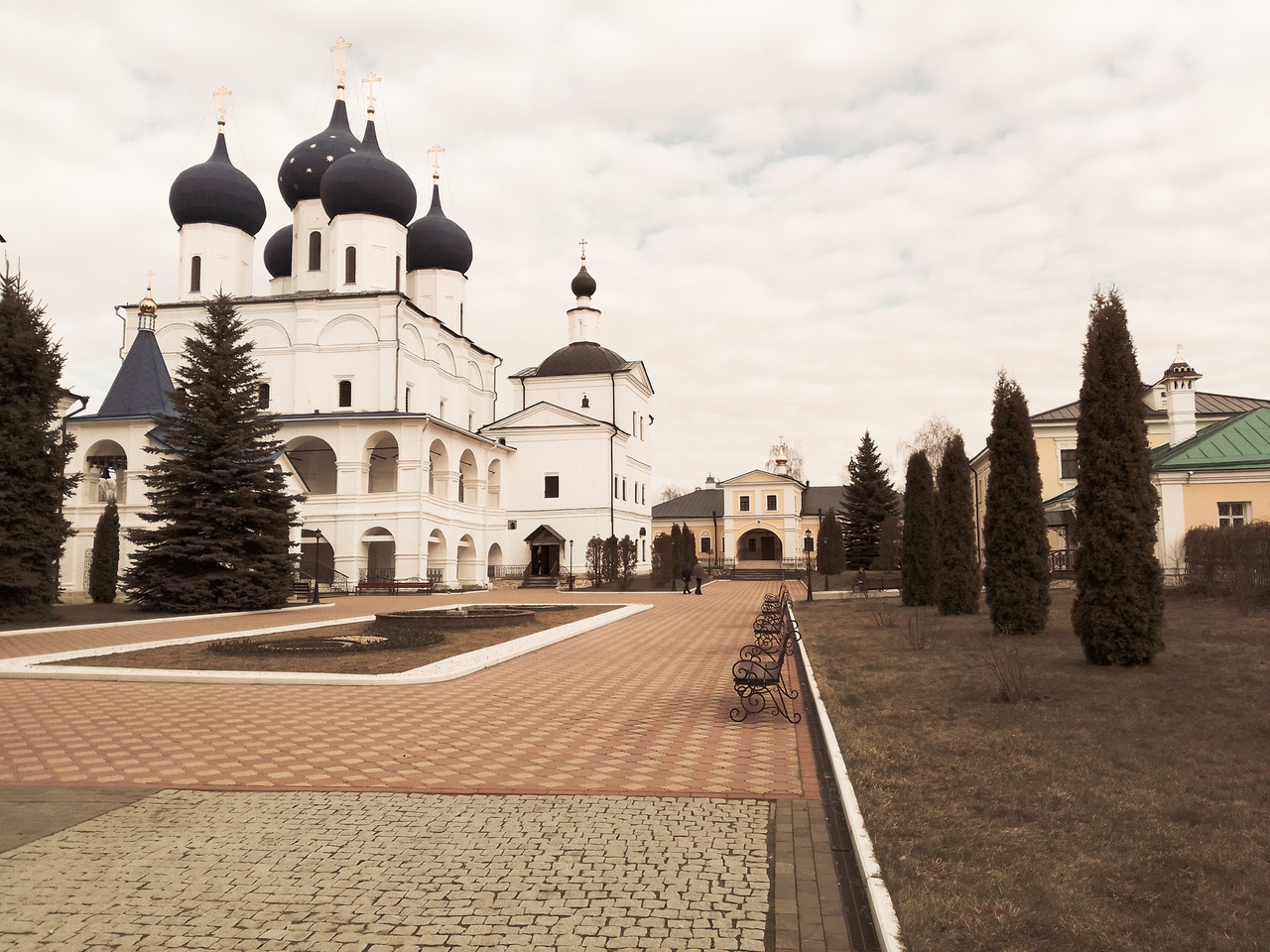
You can add various photo effects in the editor. Original photos can be taken without a photo editor. Some smartphone models have photo filters in their own camera app. For example, BQ 6040 L Magic:
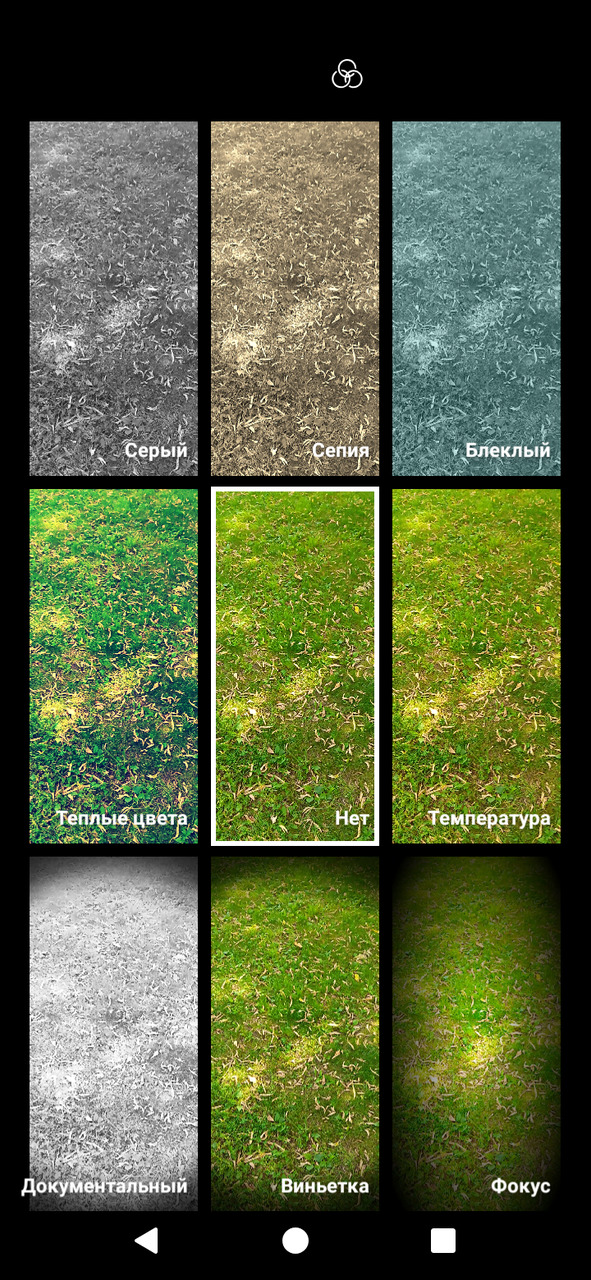
Бесплатный фрагмент закончился.
Купите книгу, чтобы продолжить чтение.
